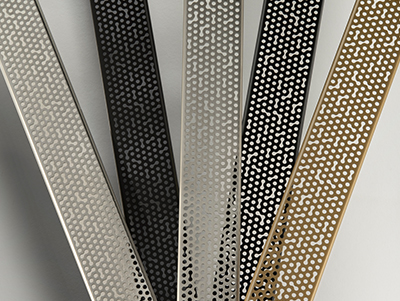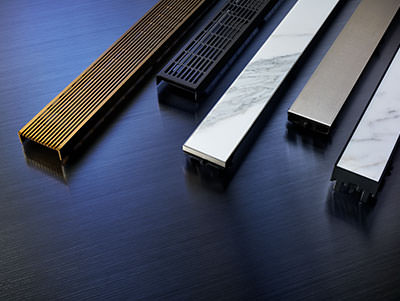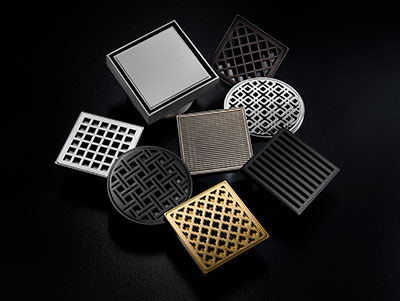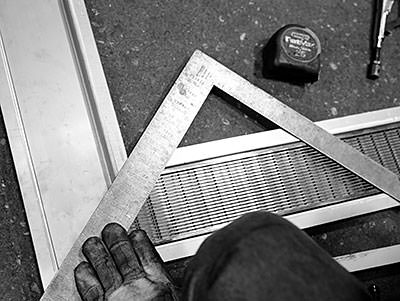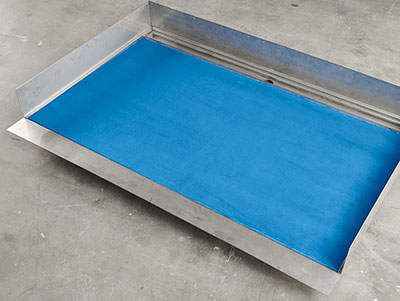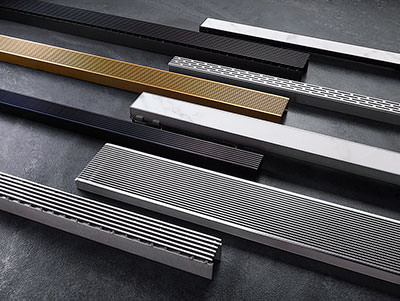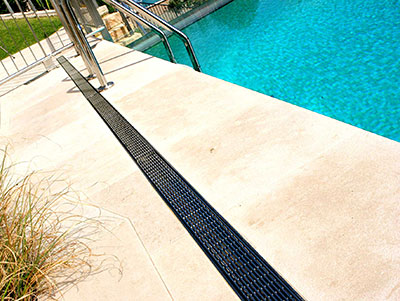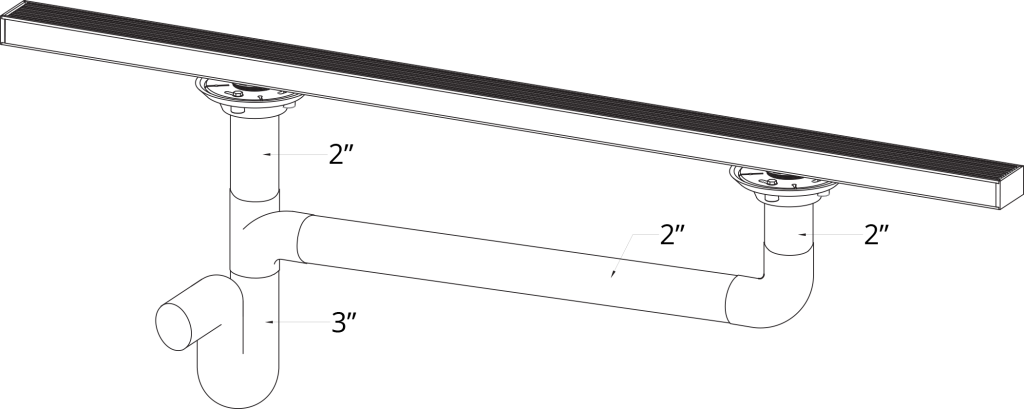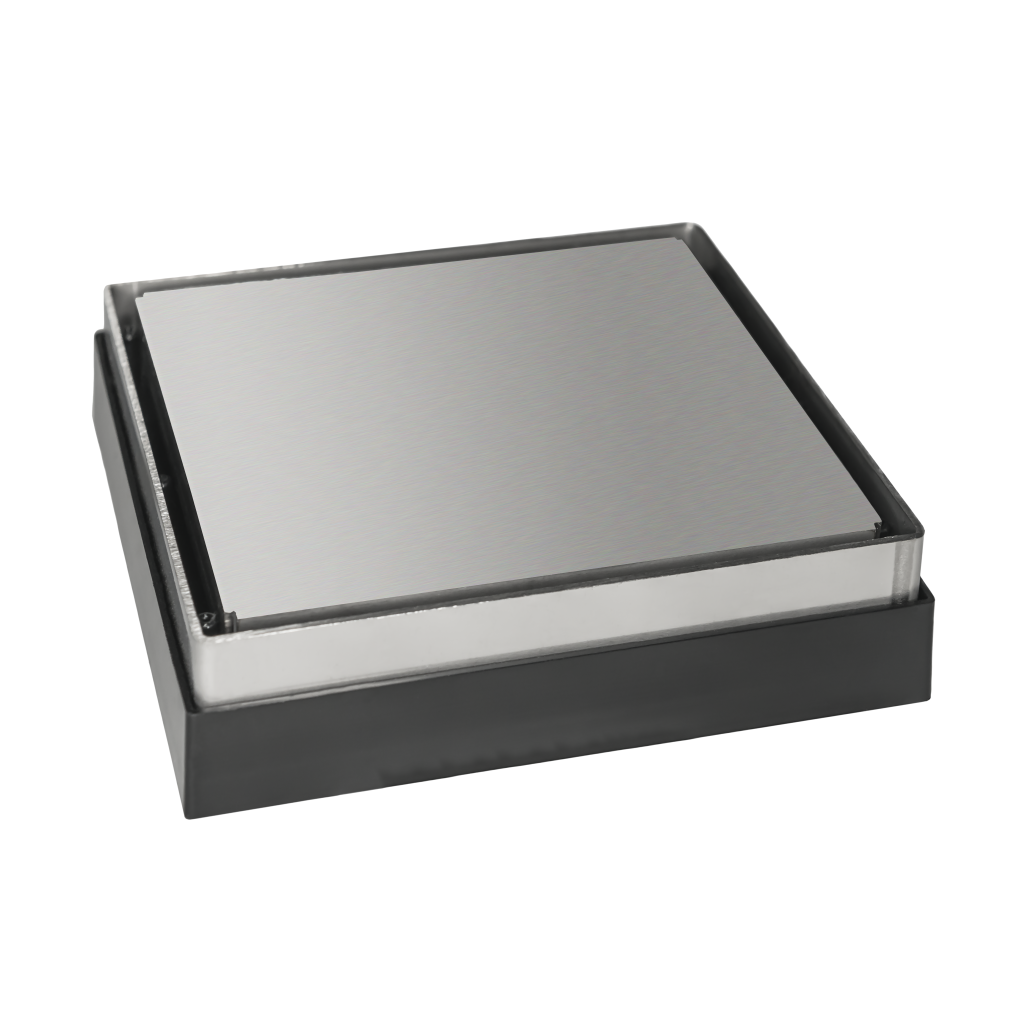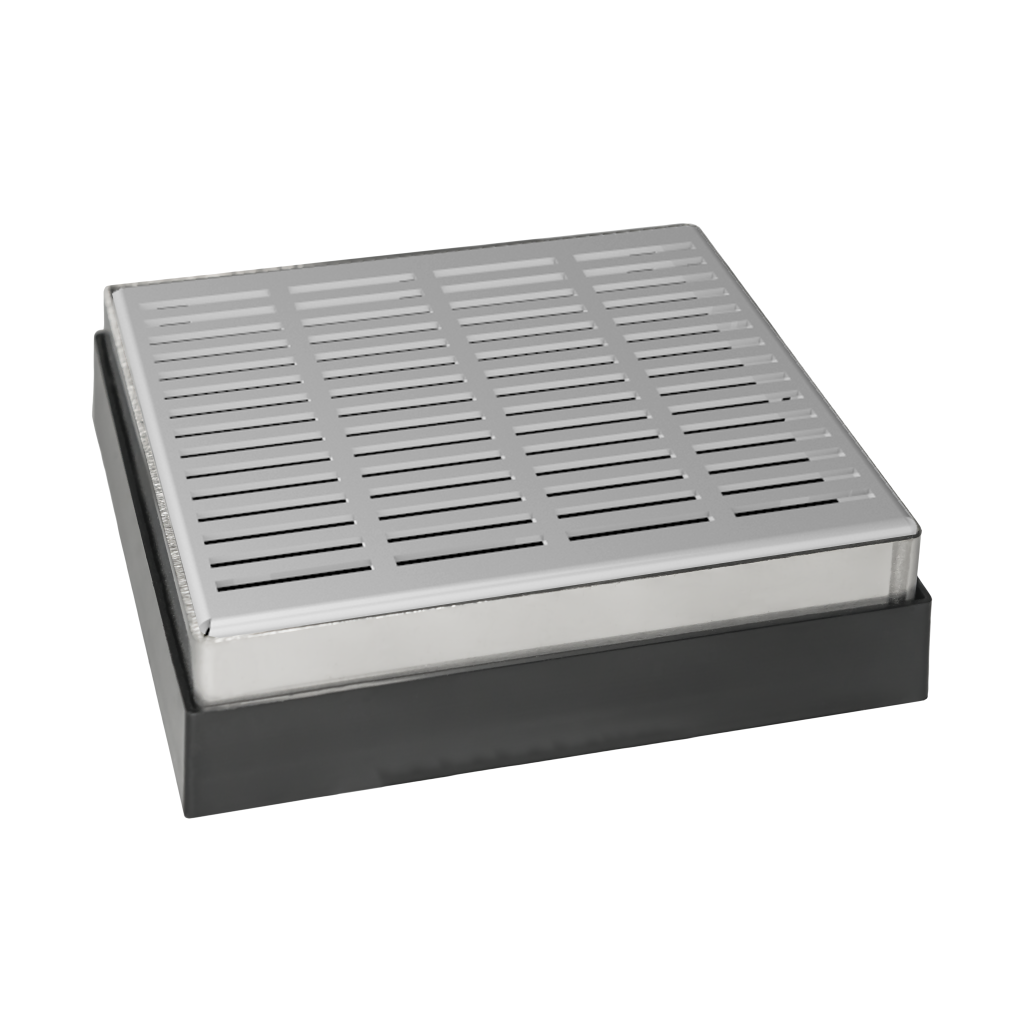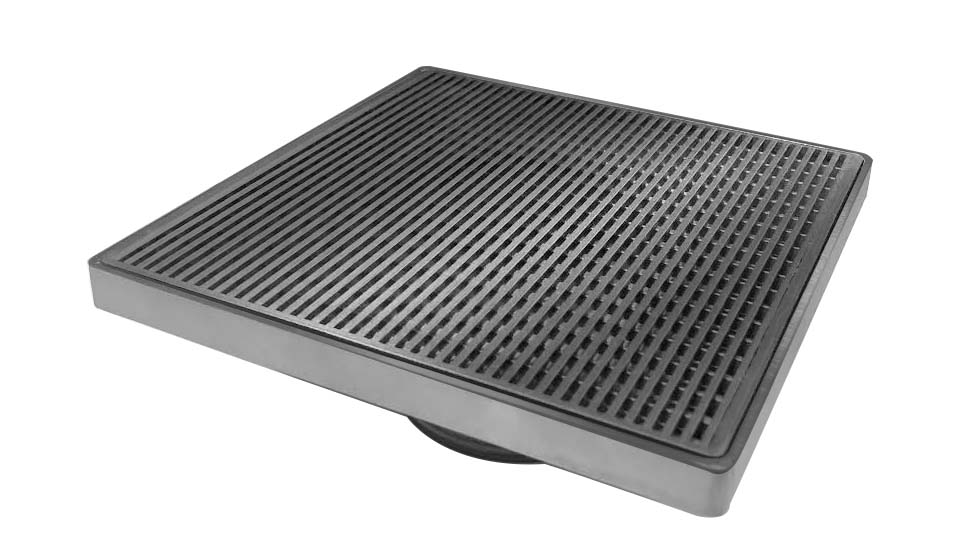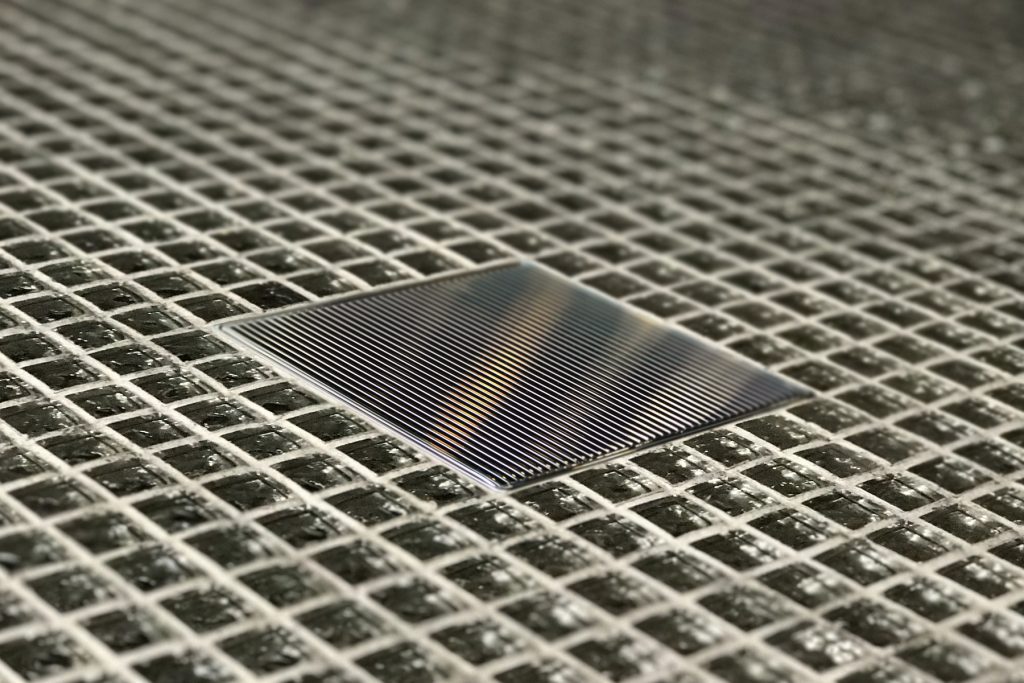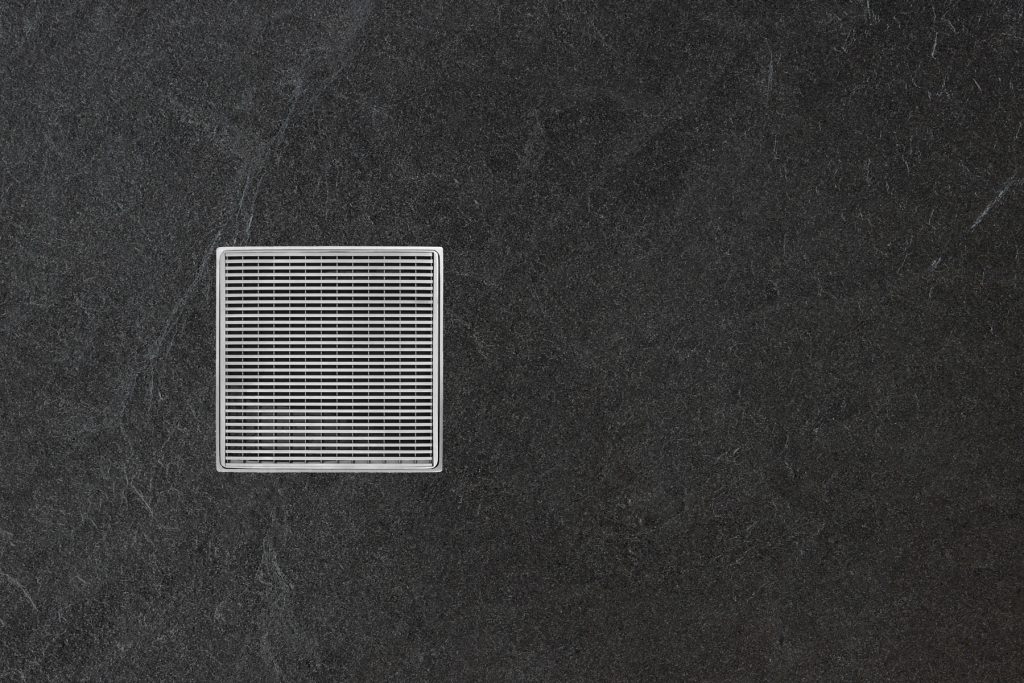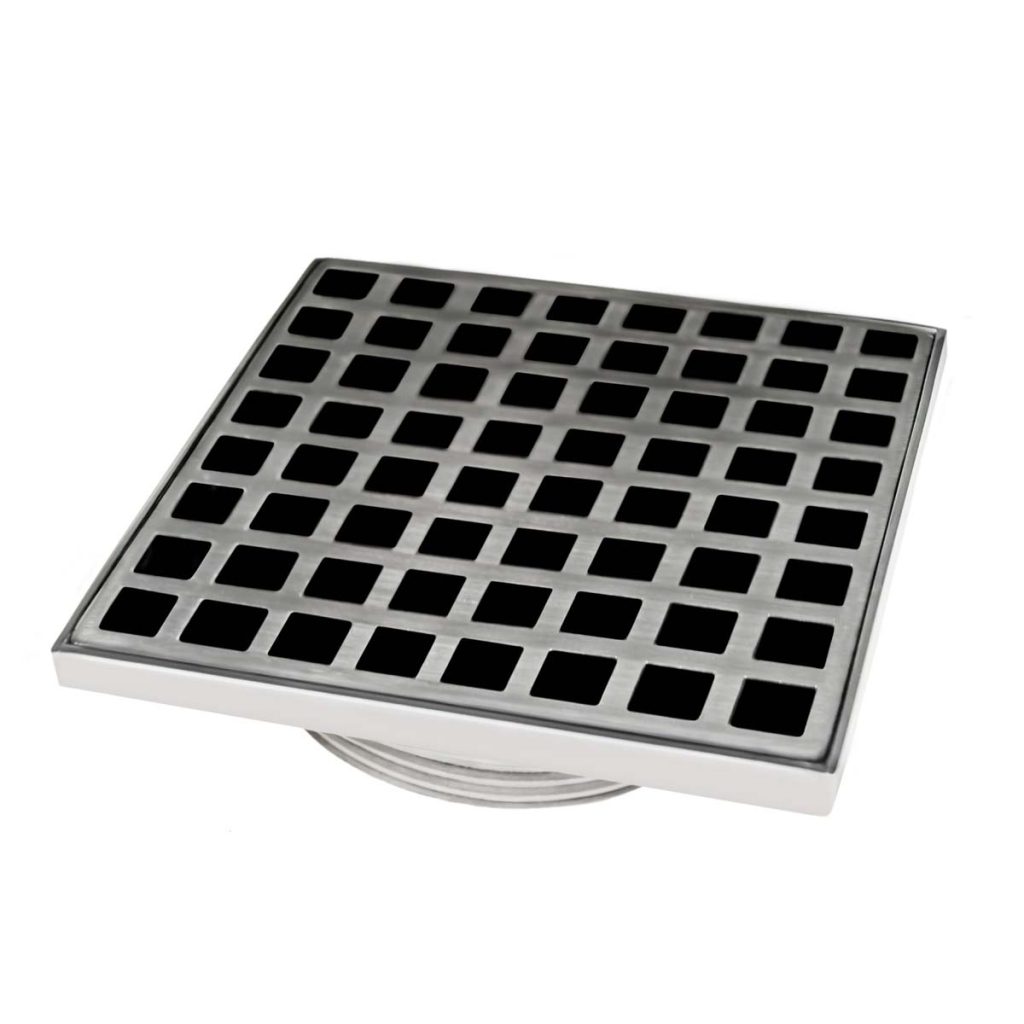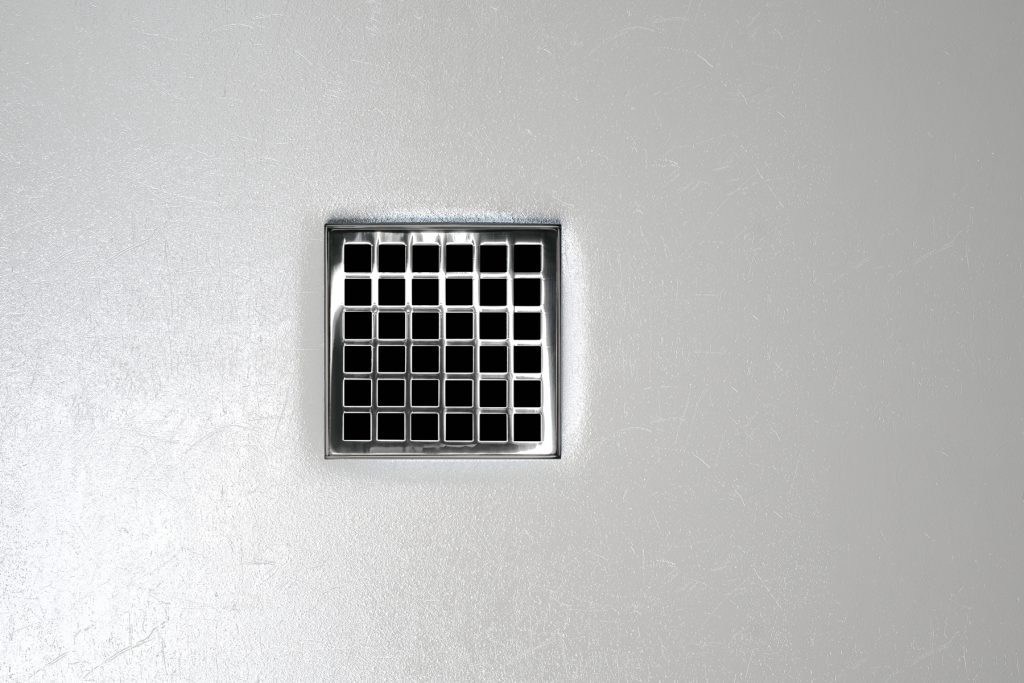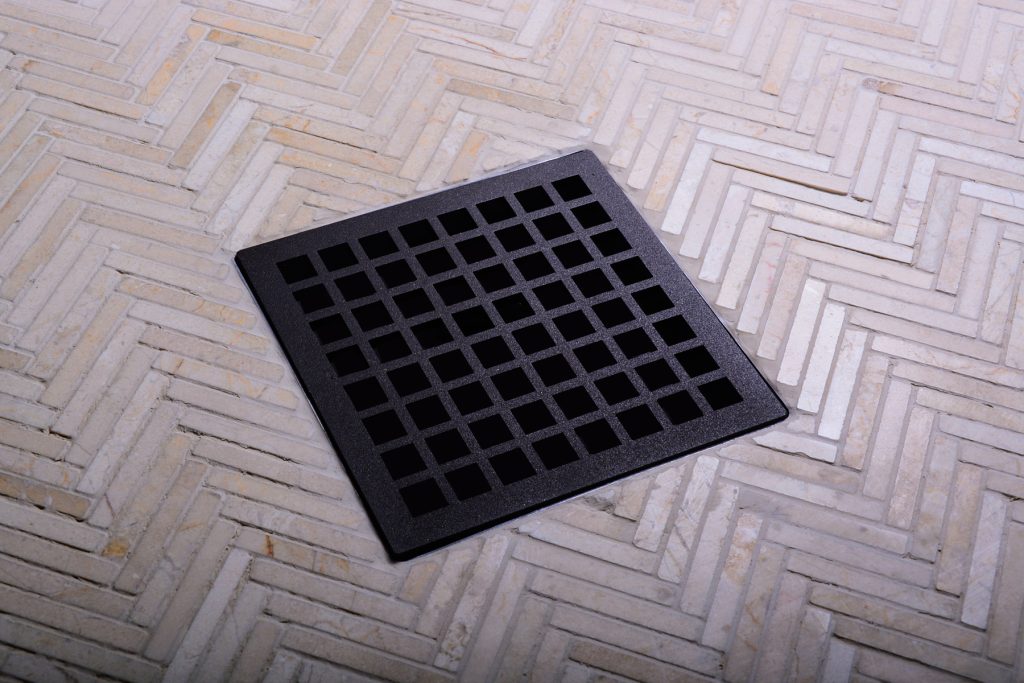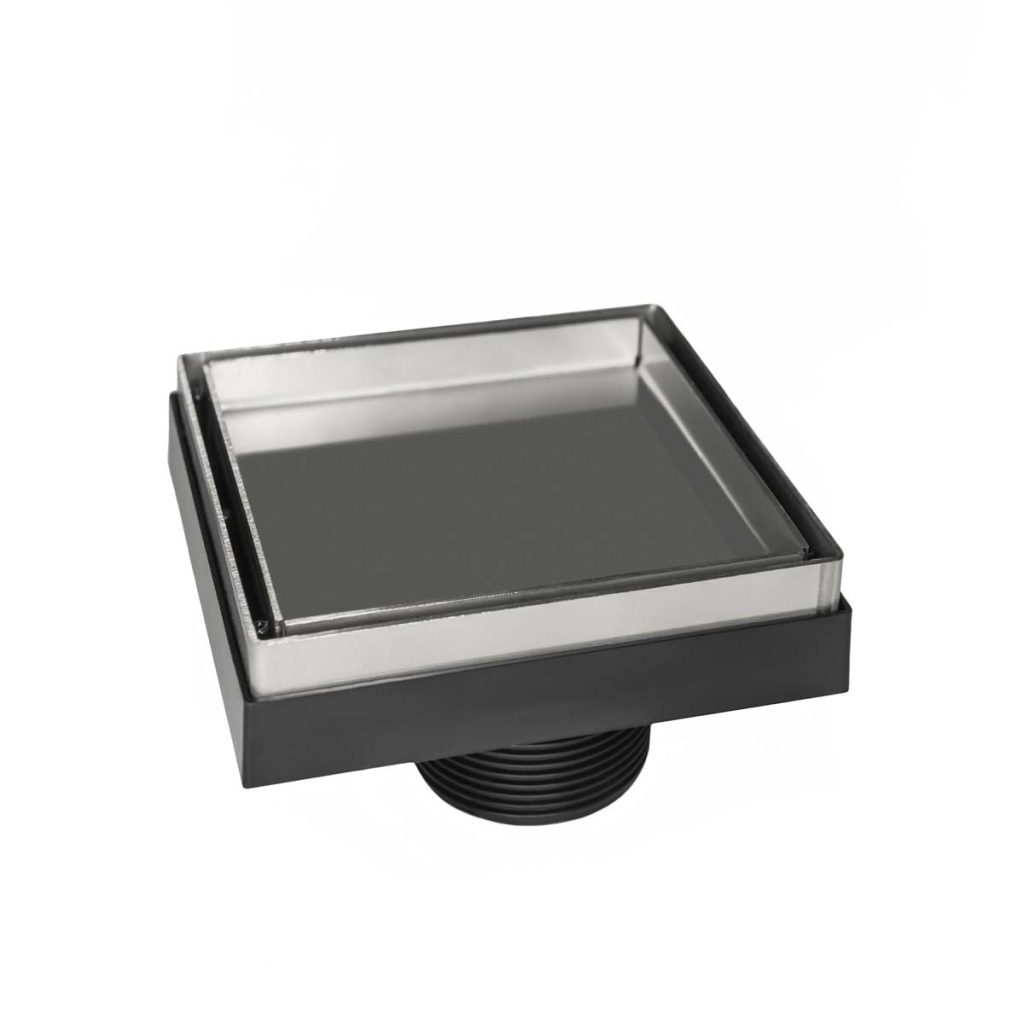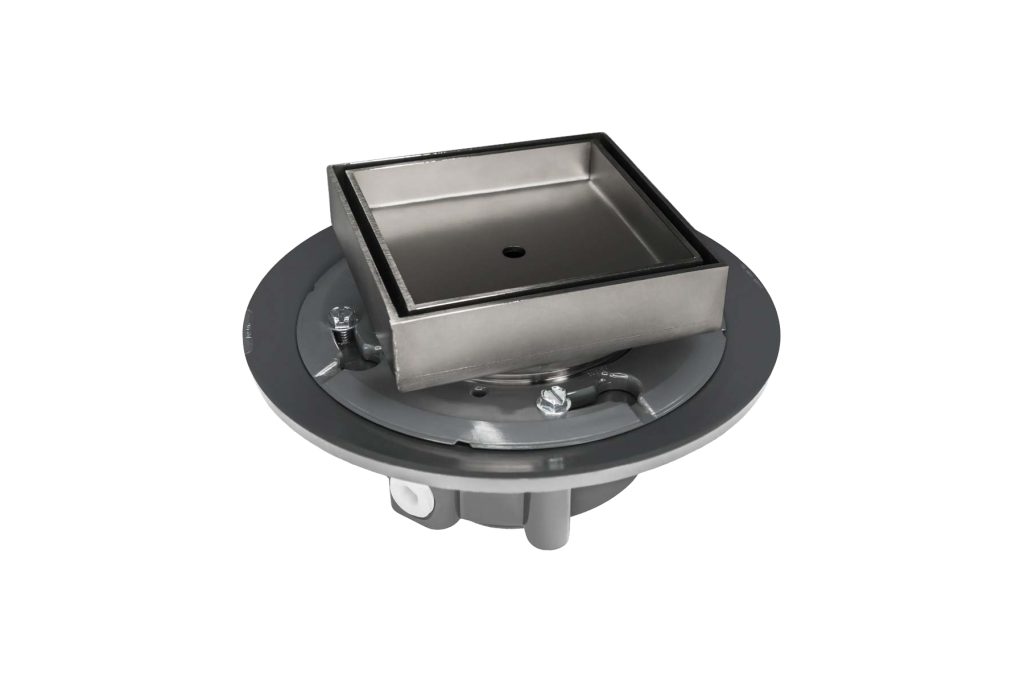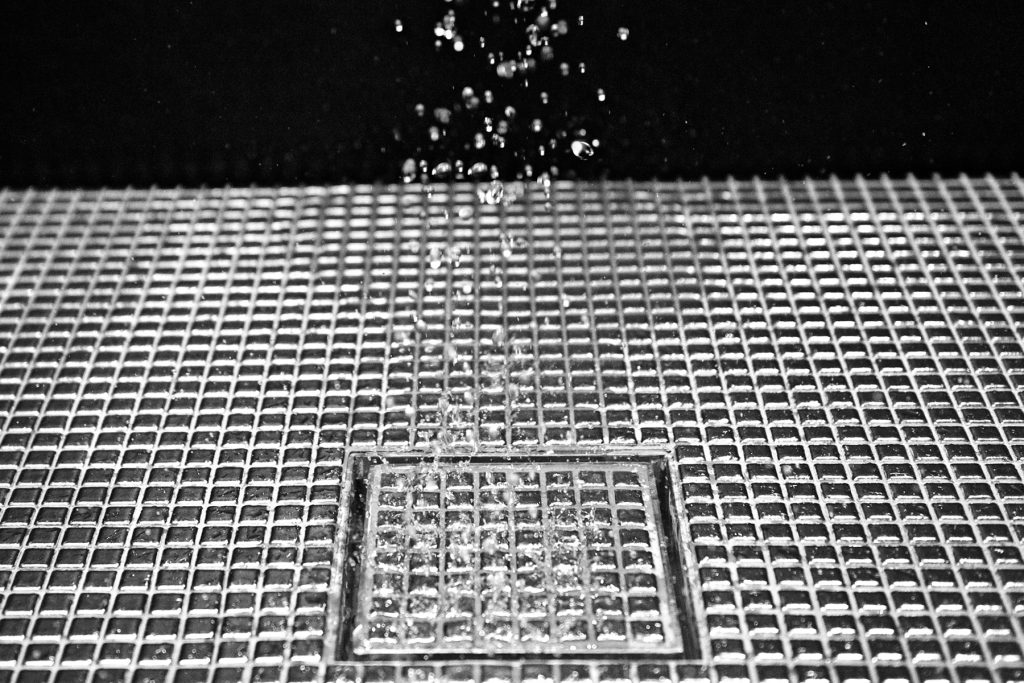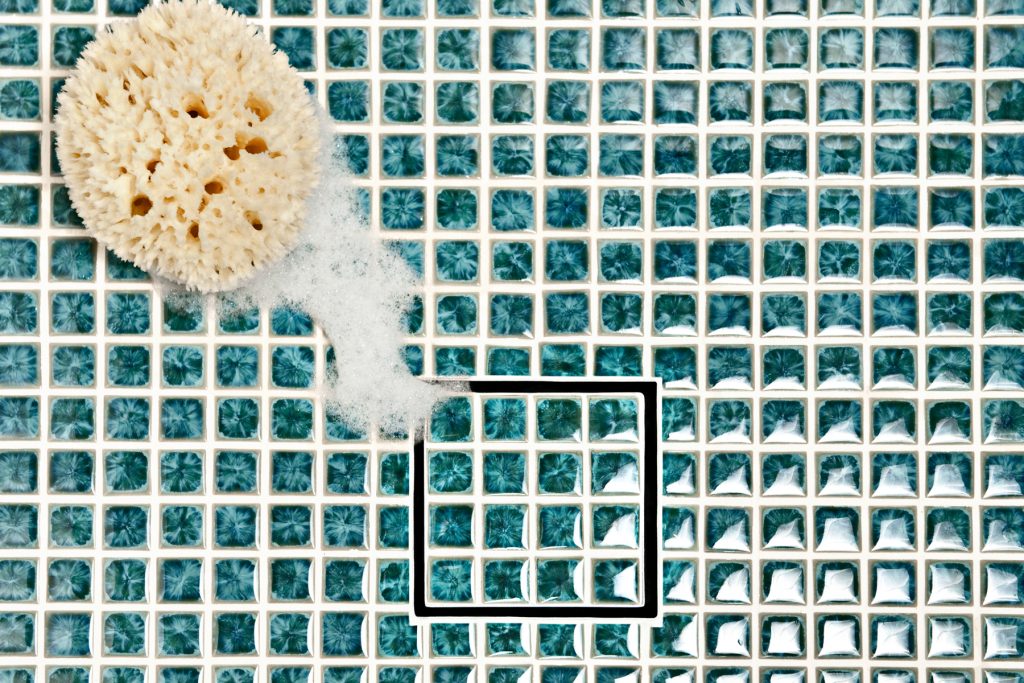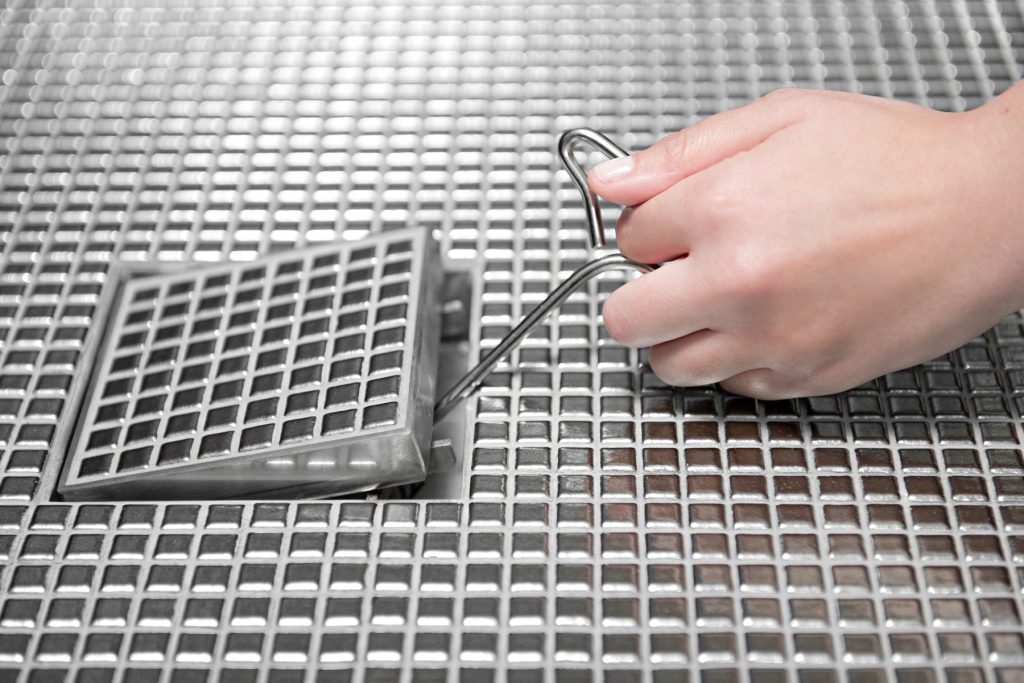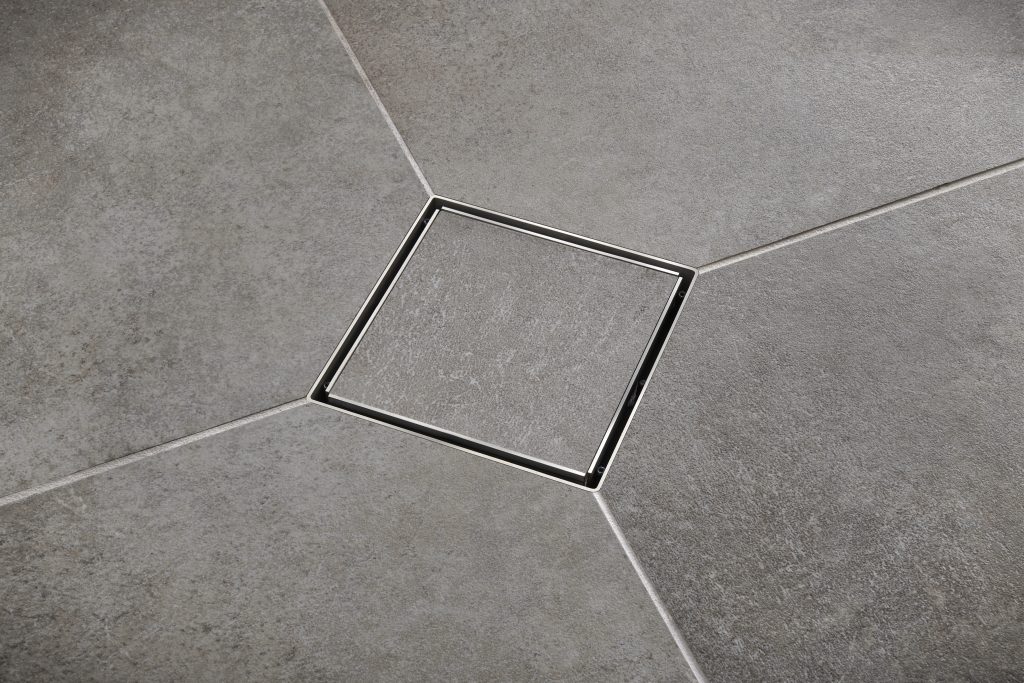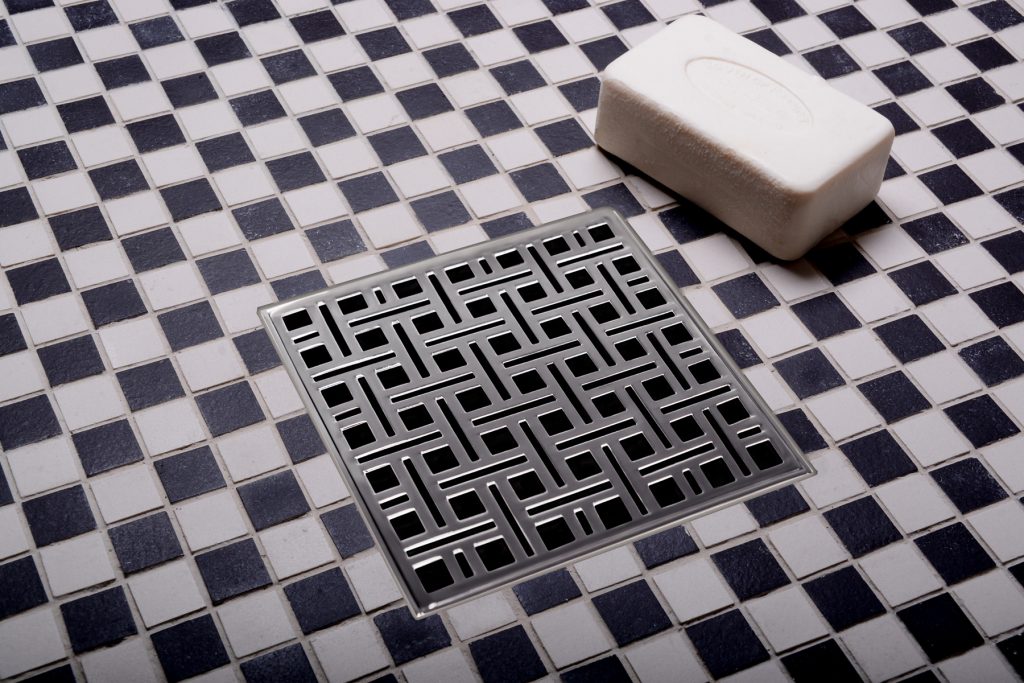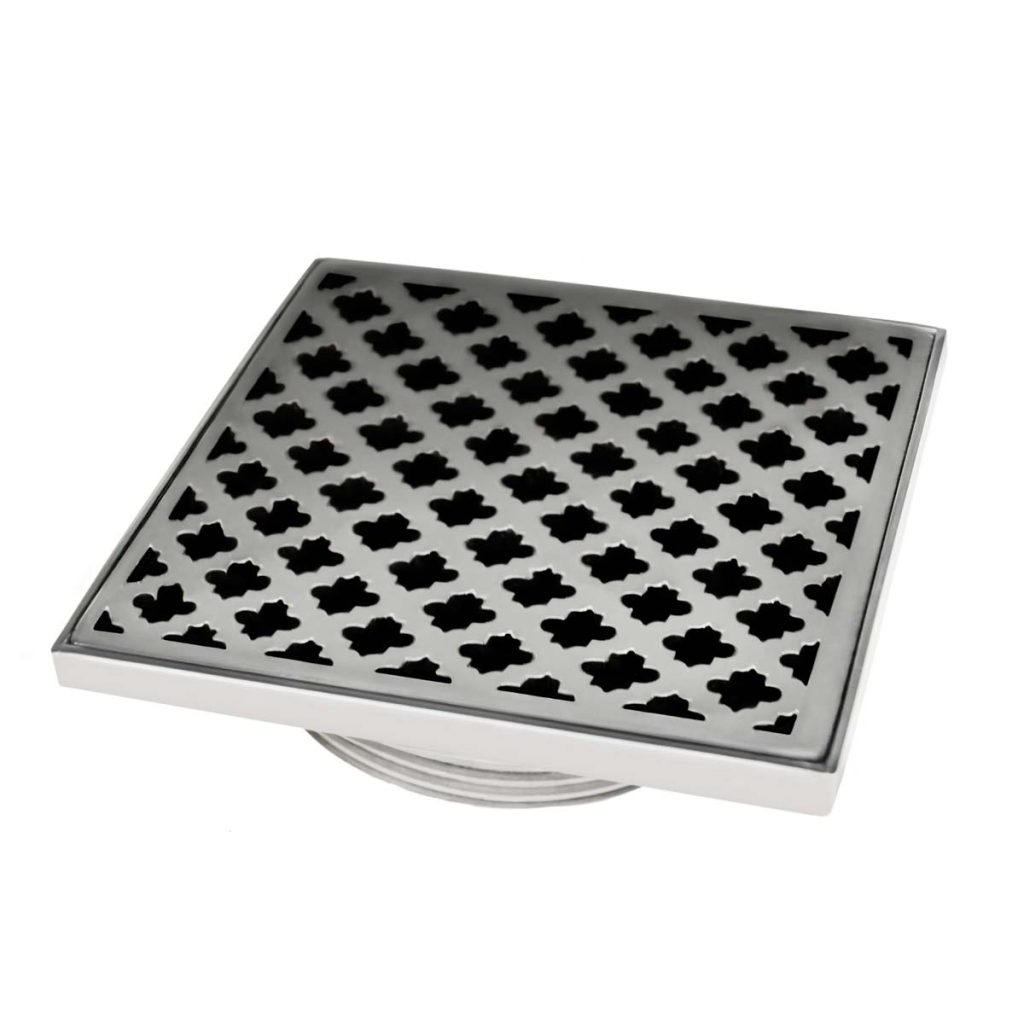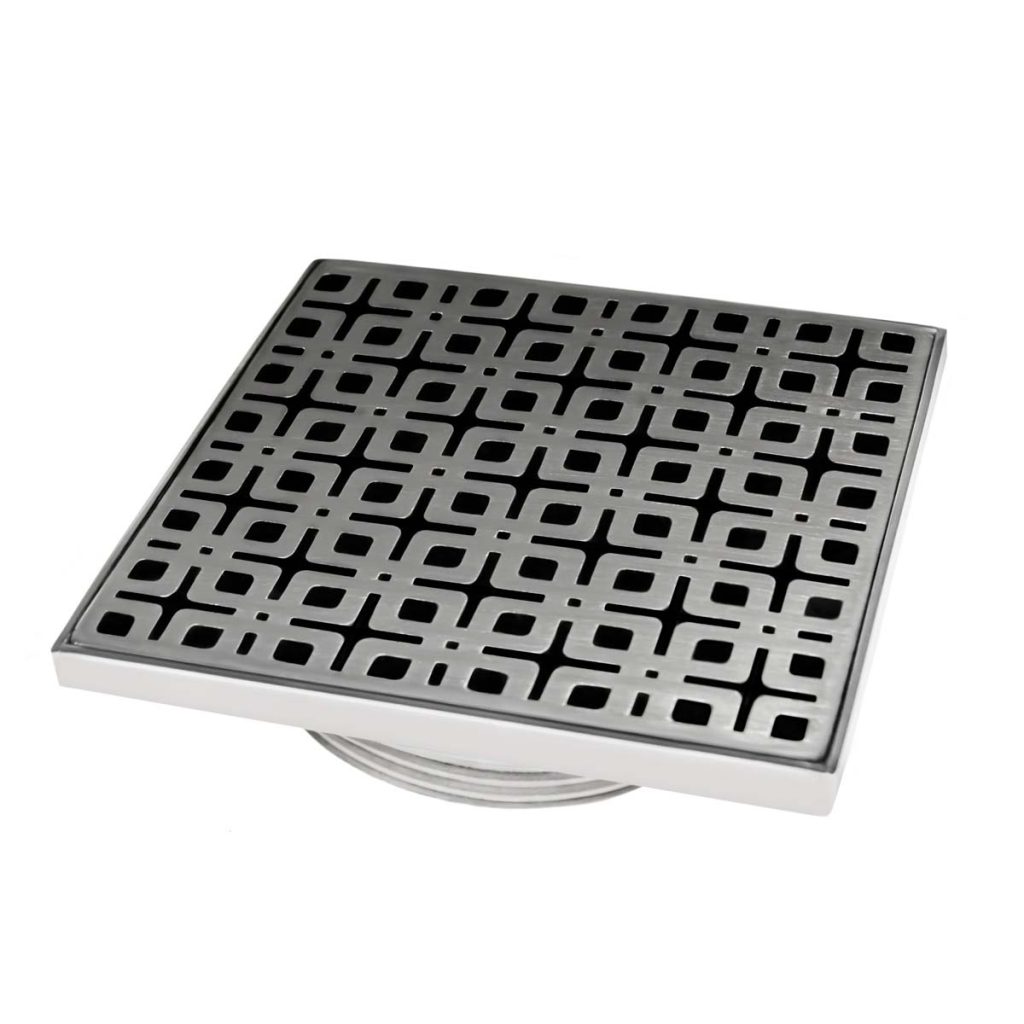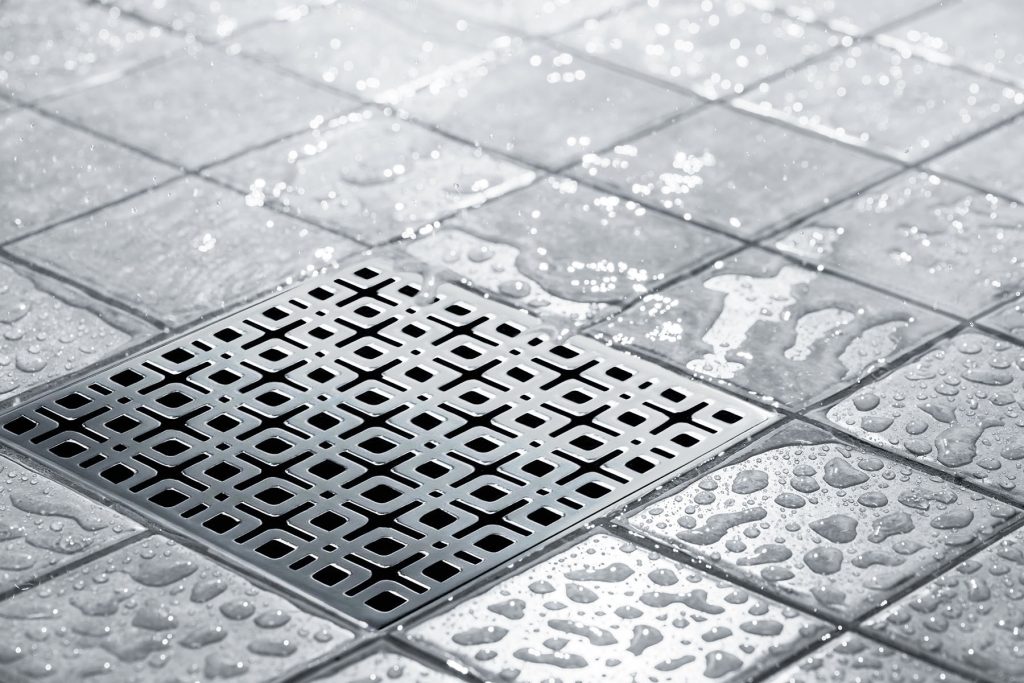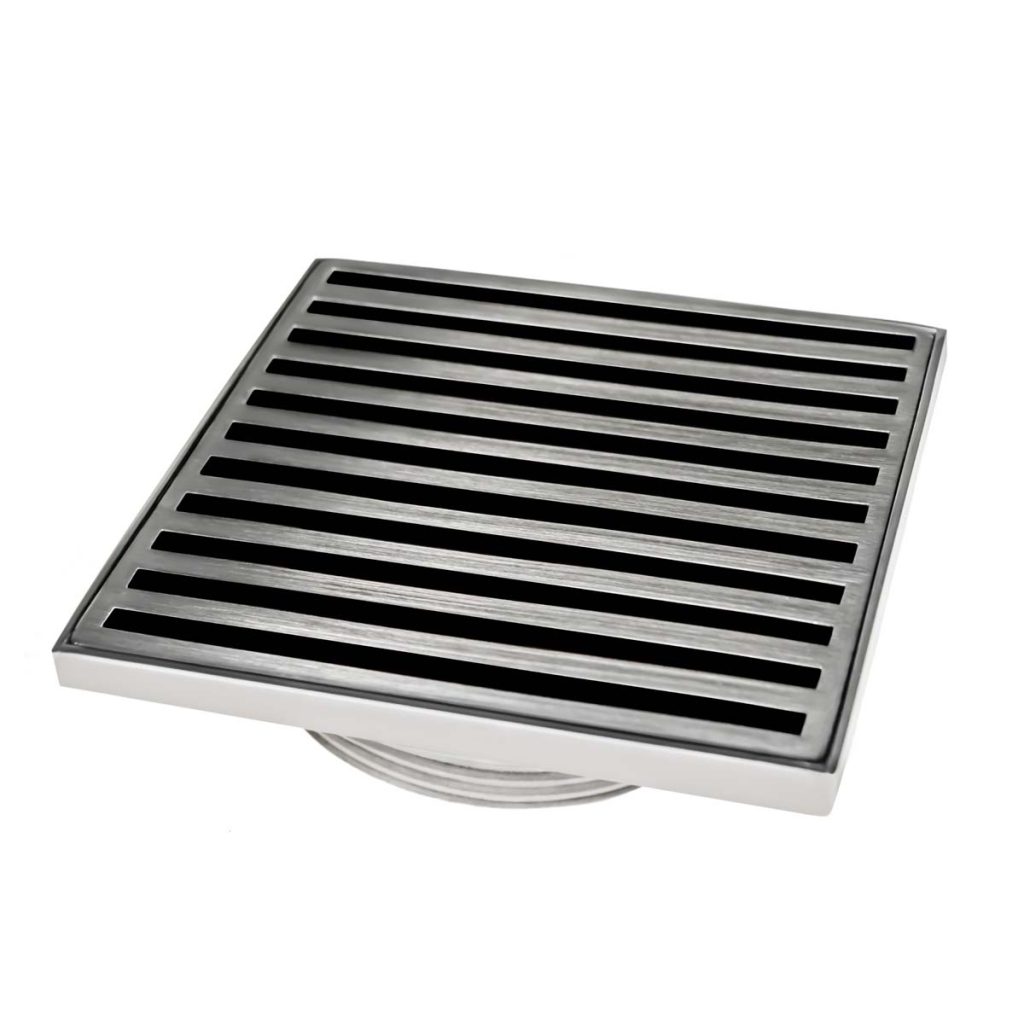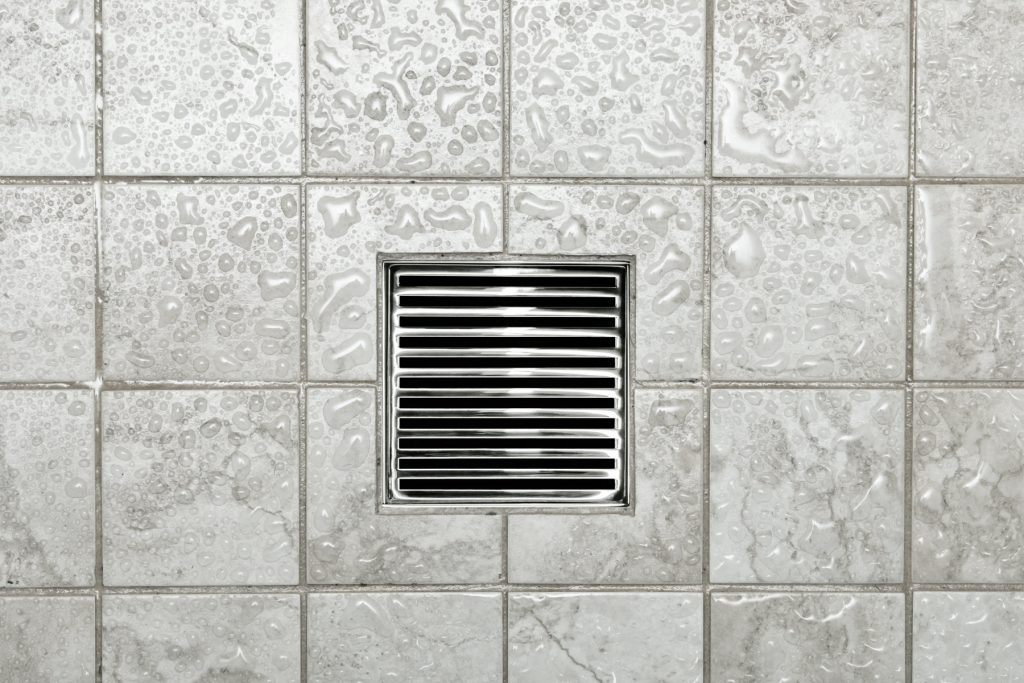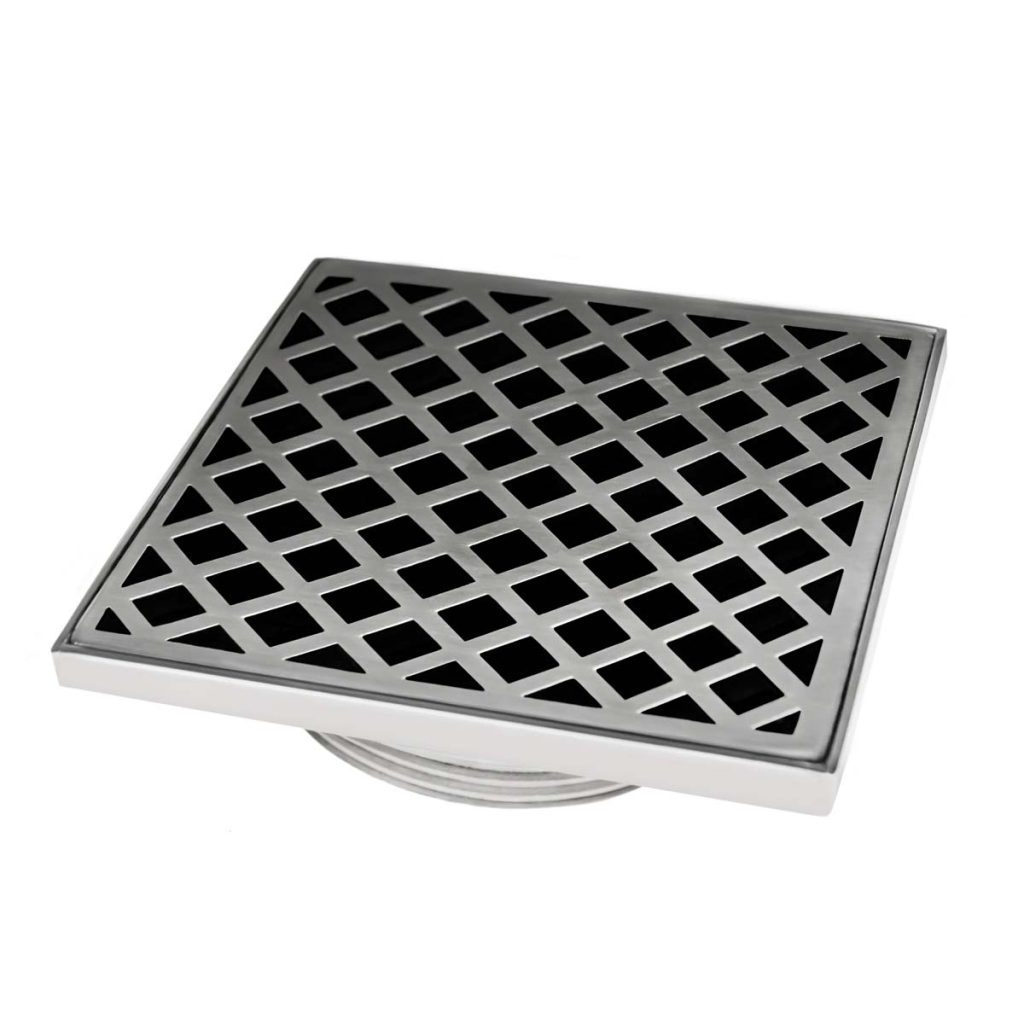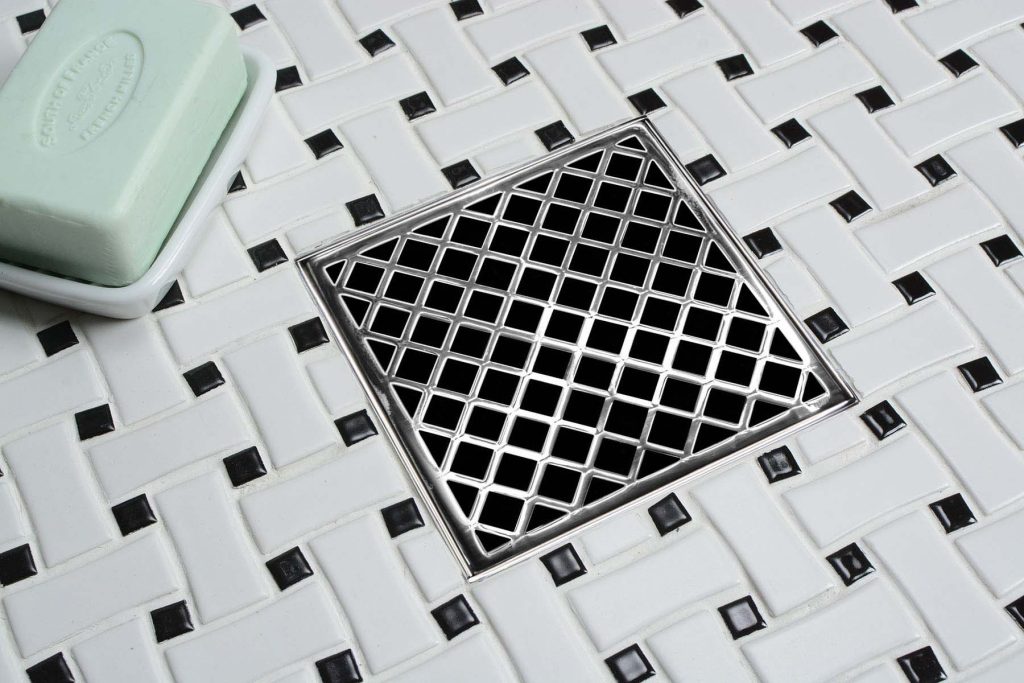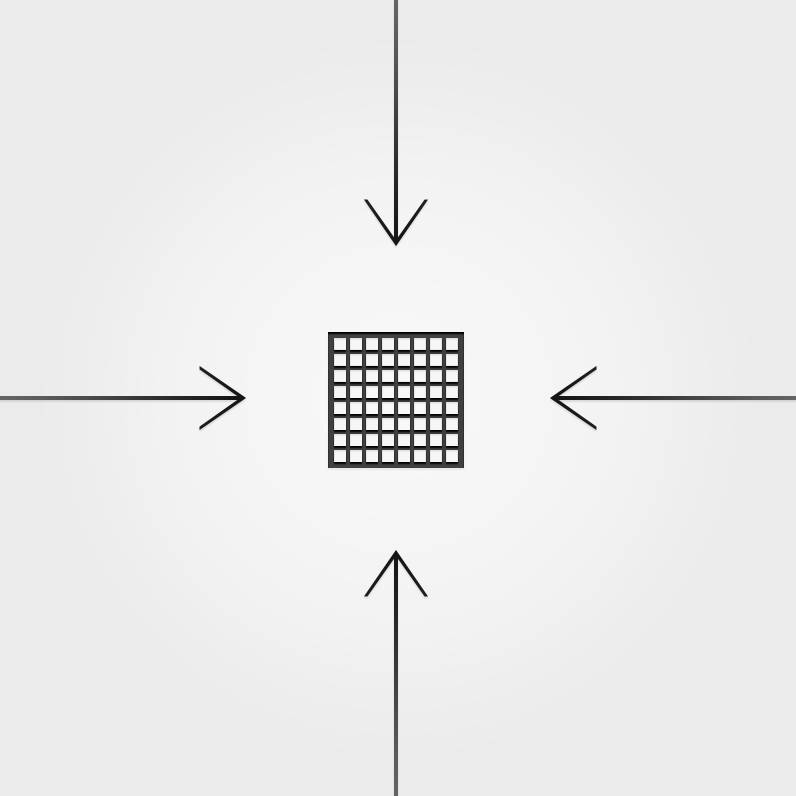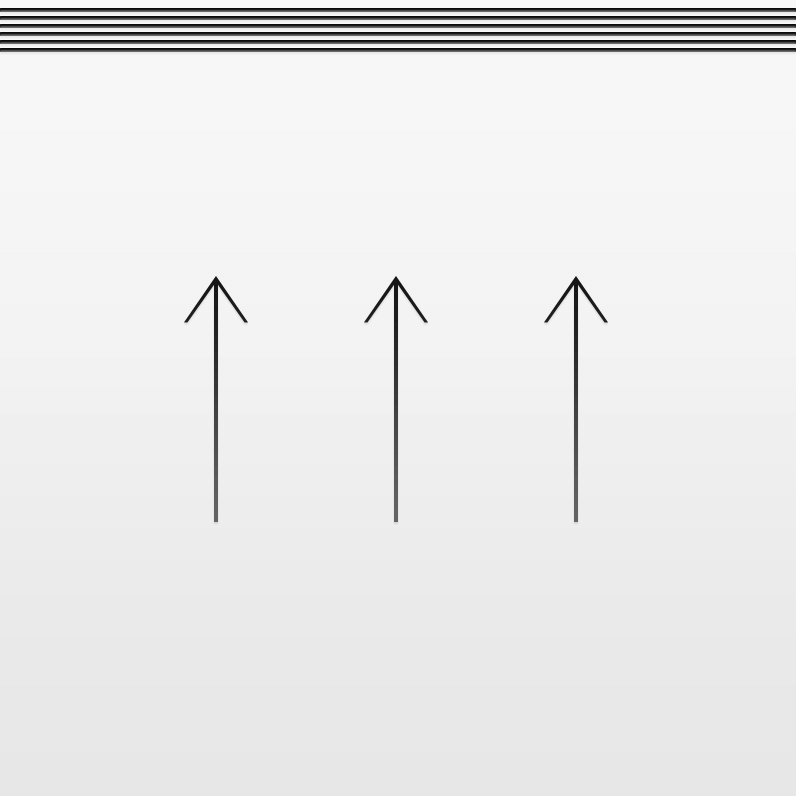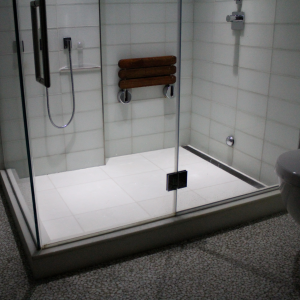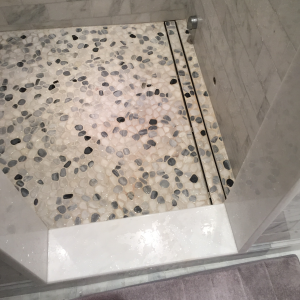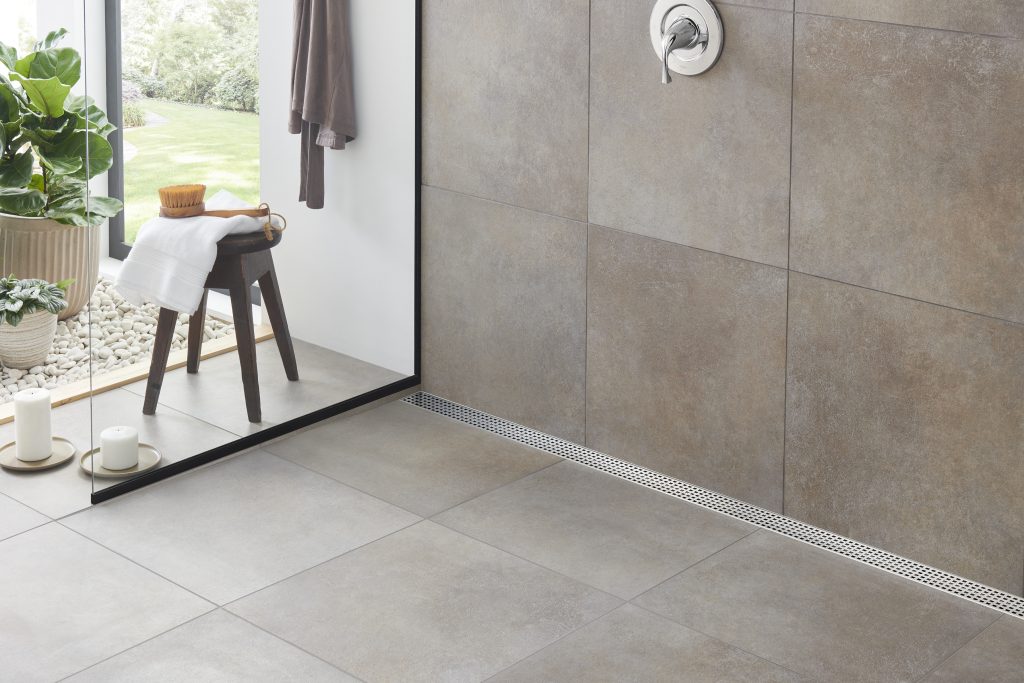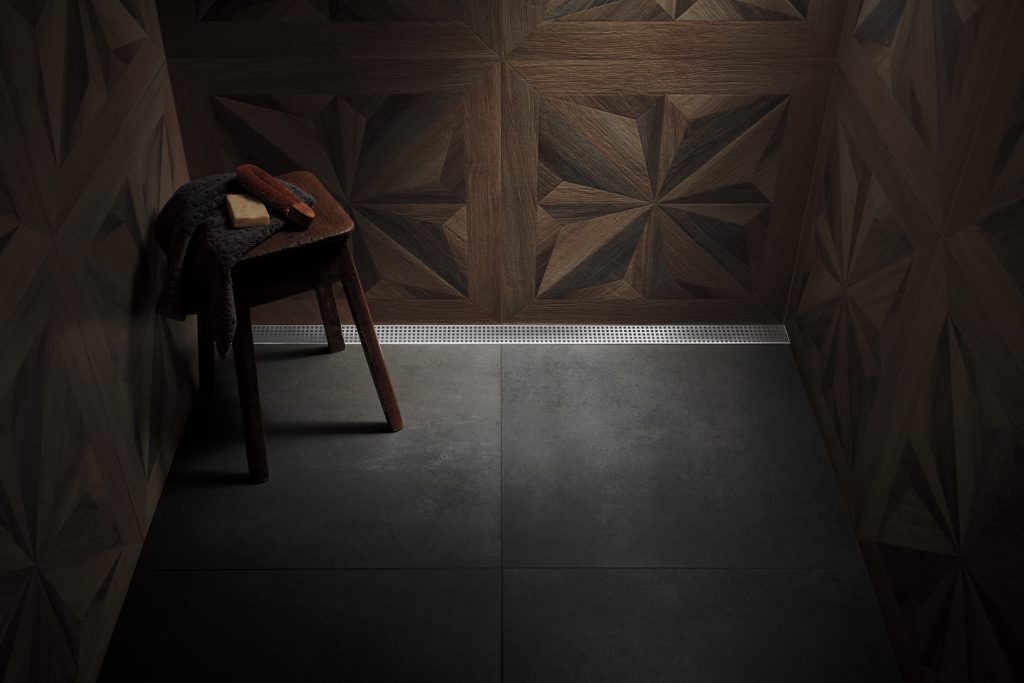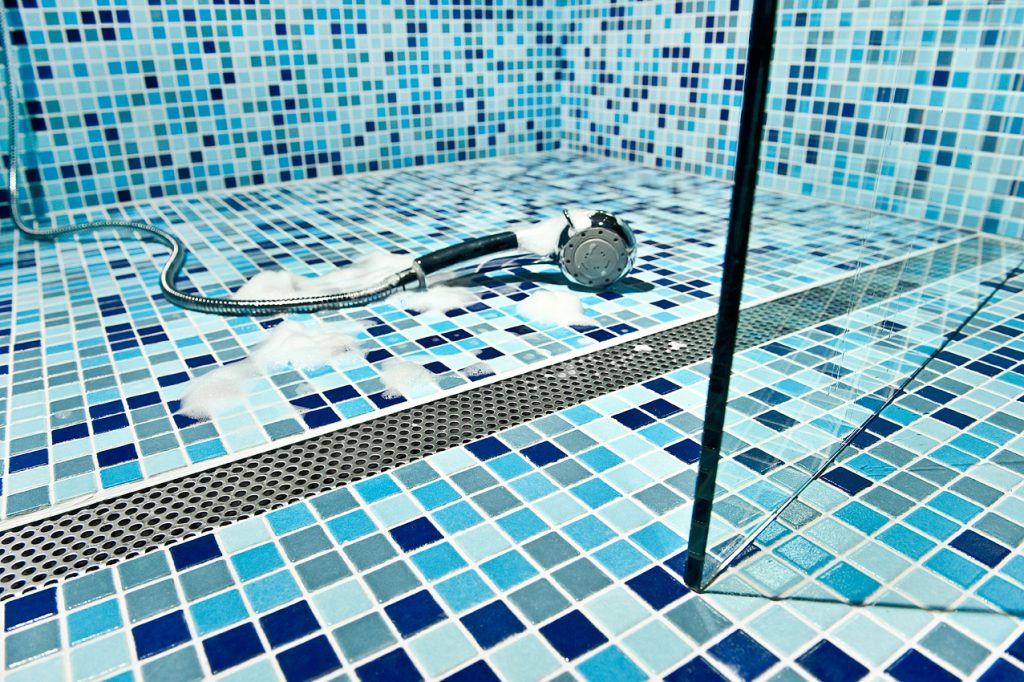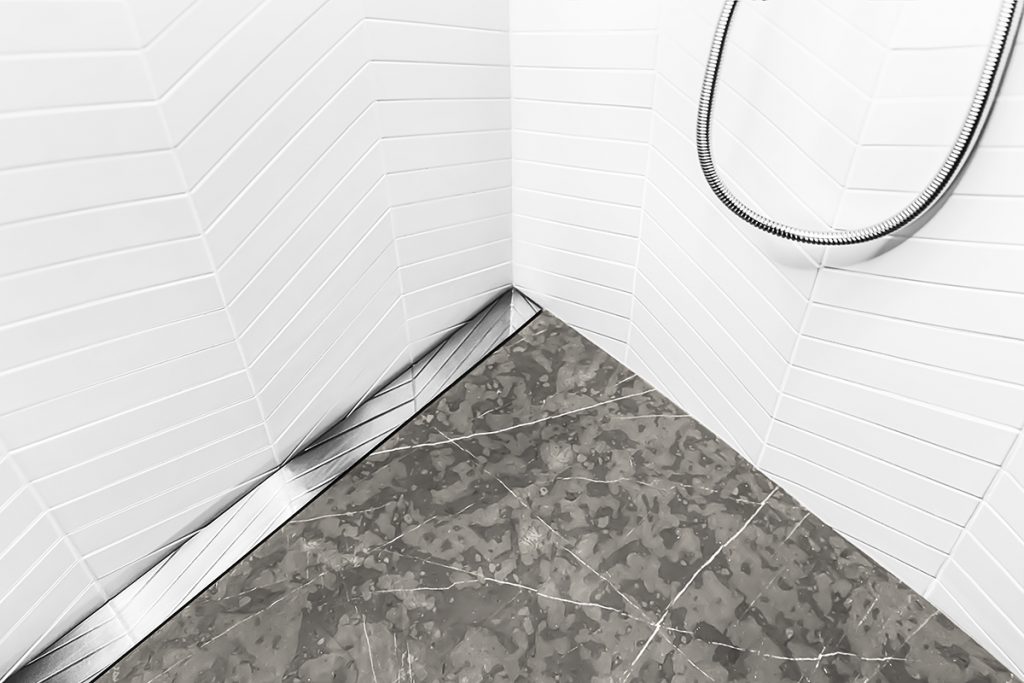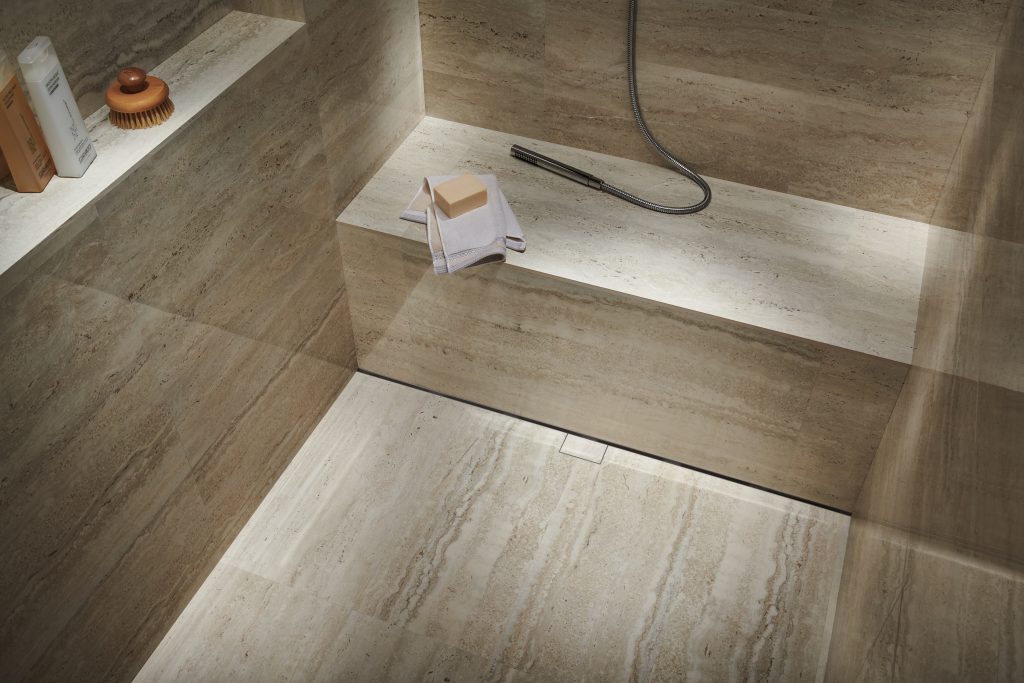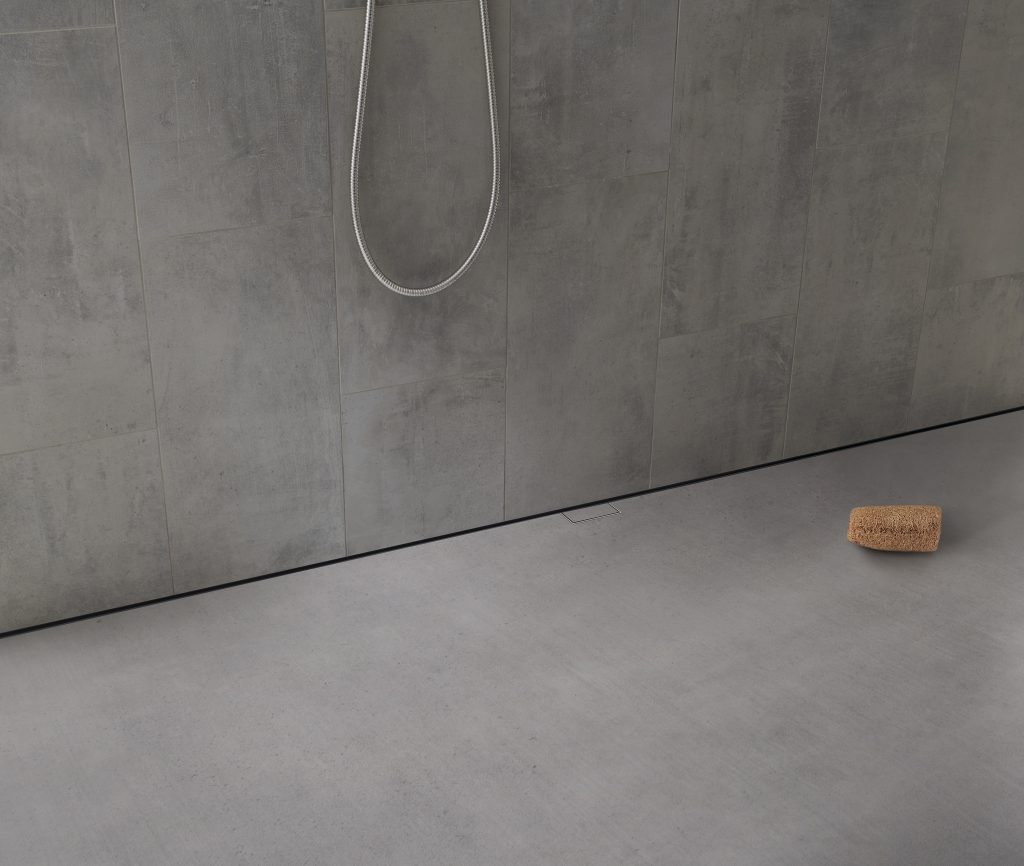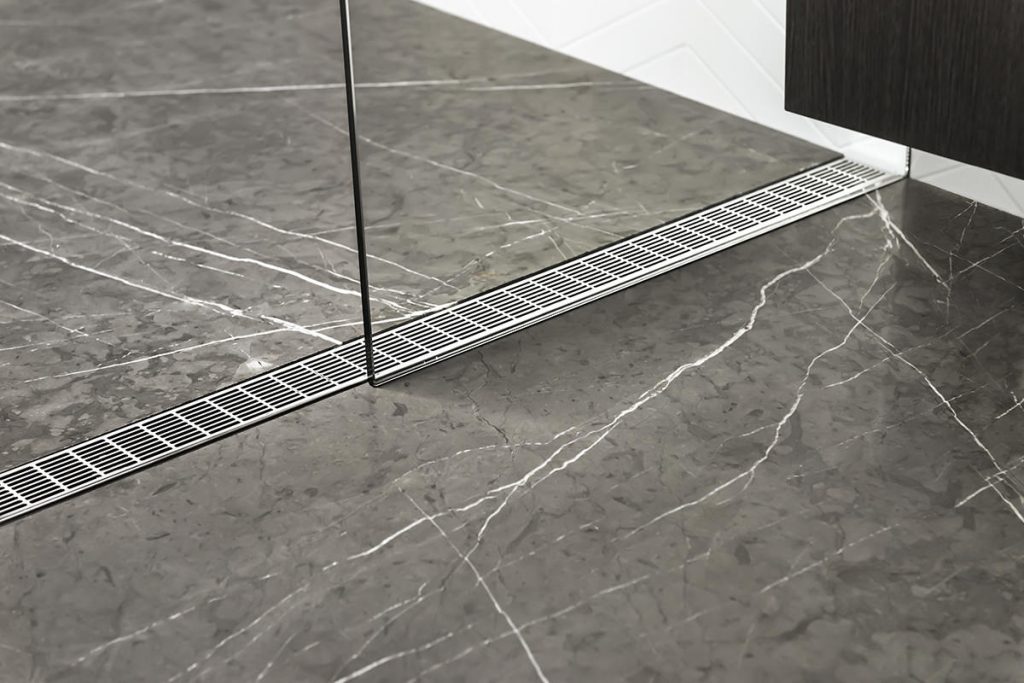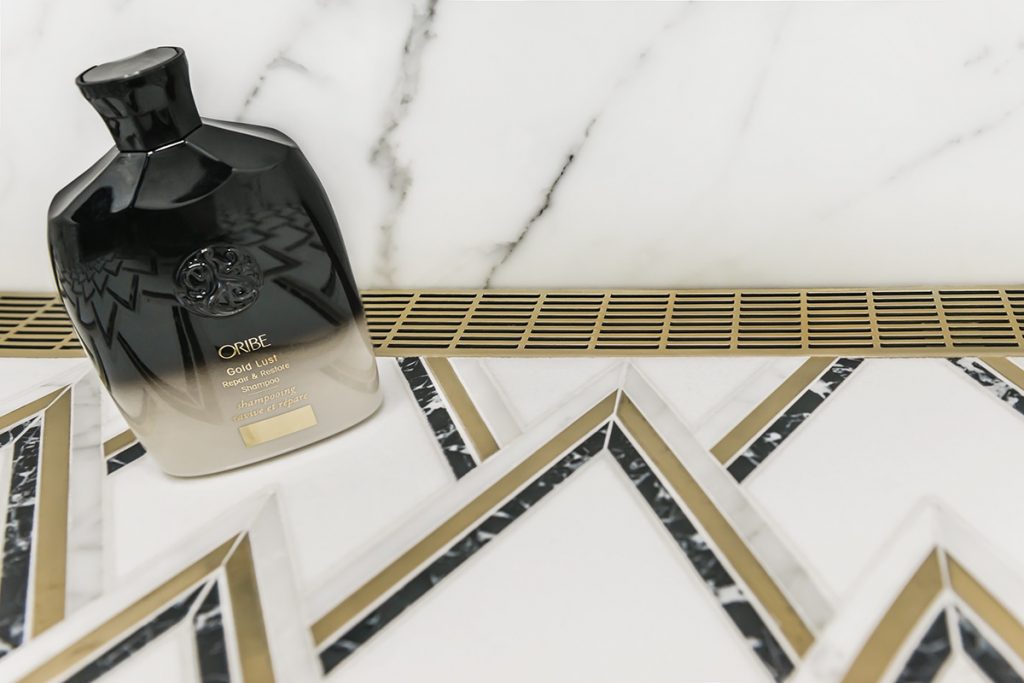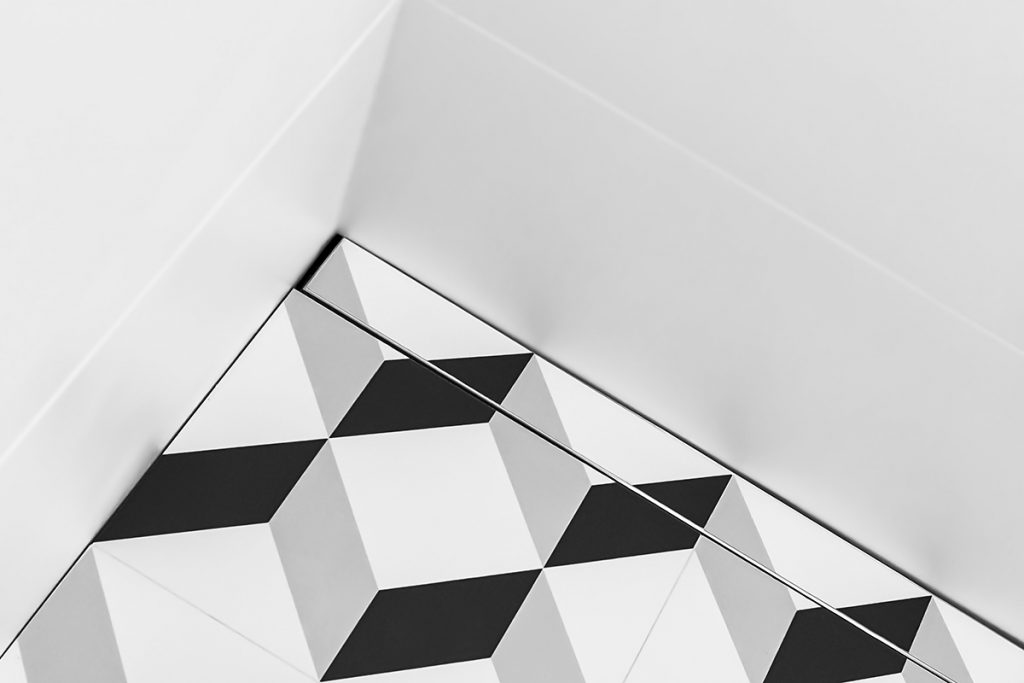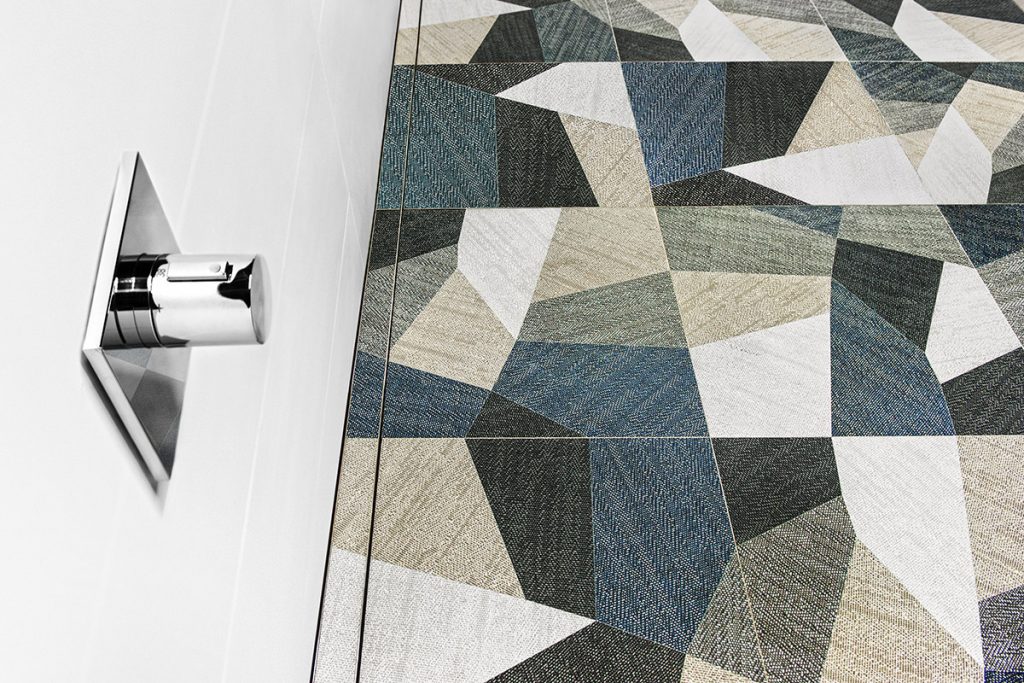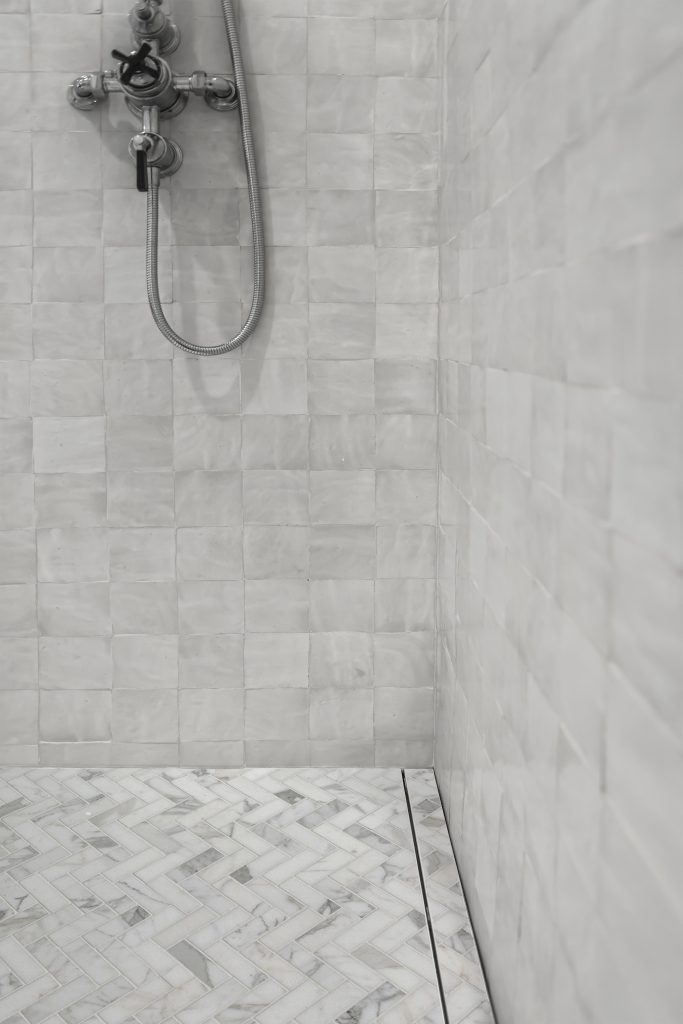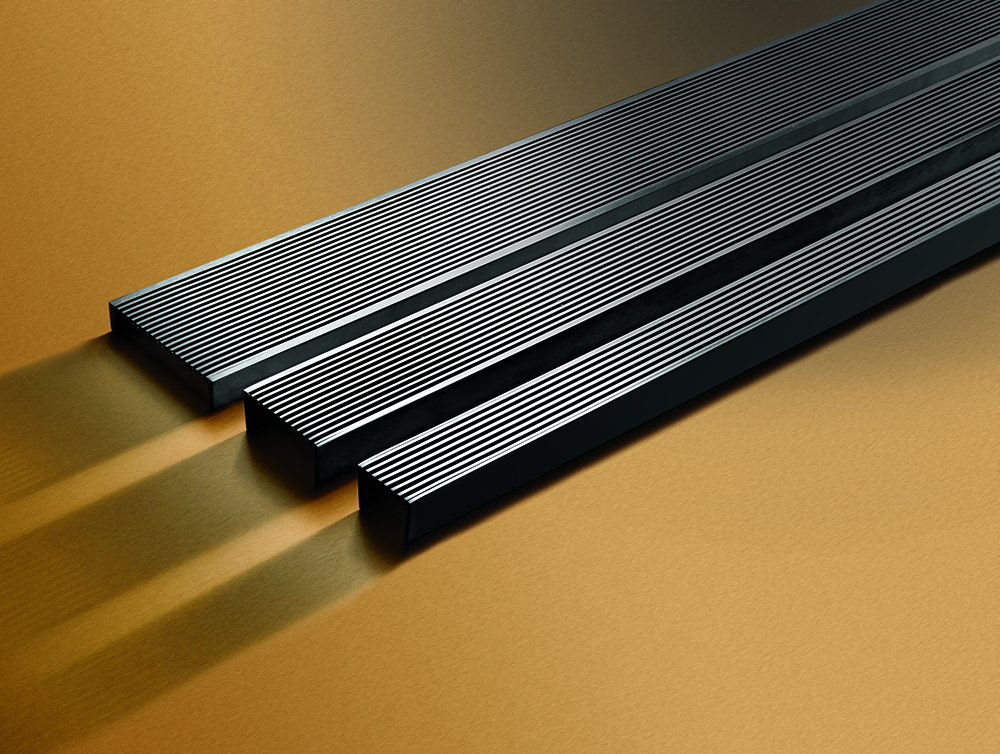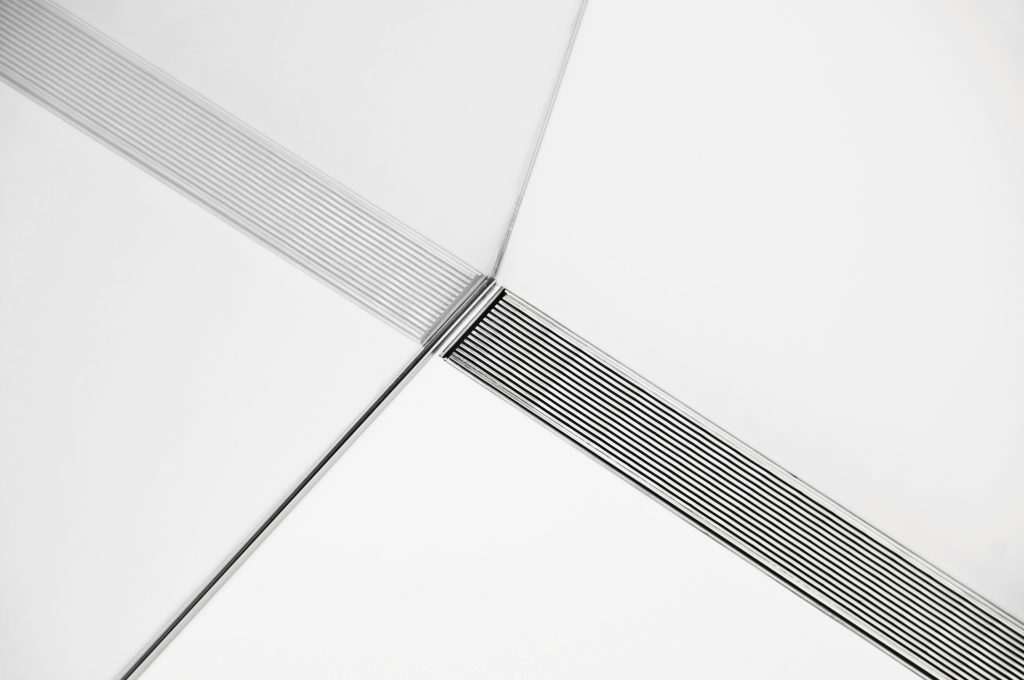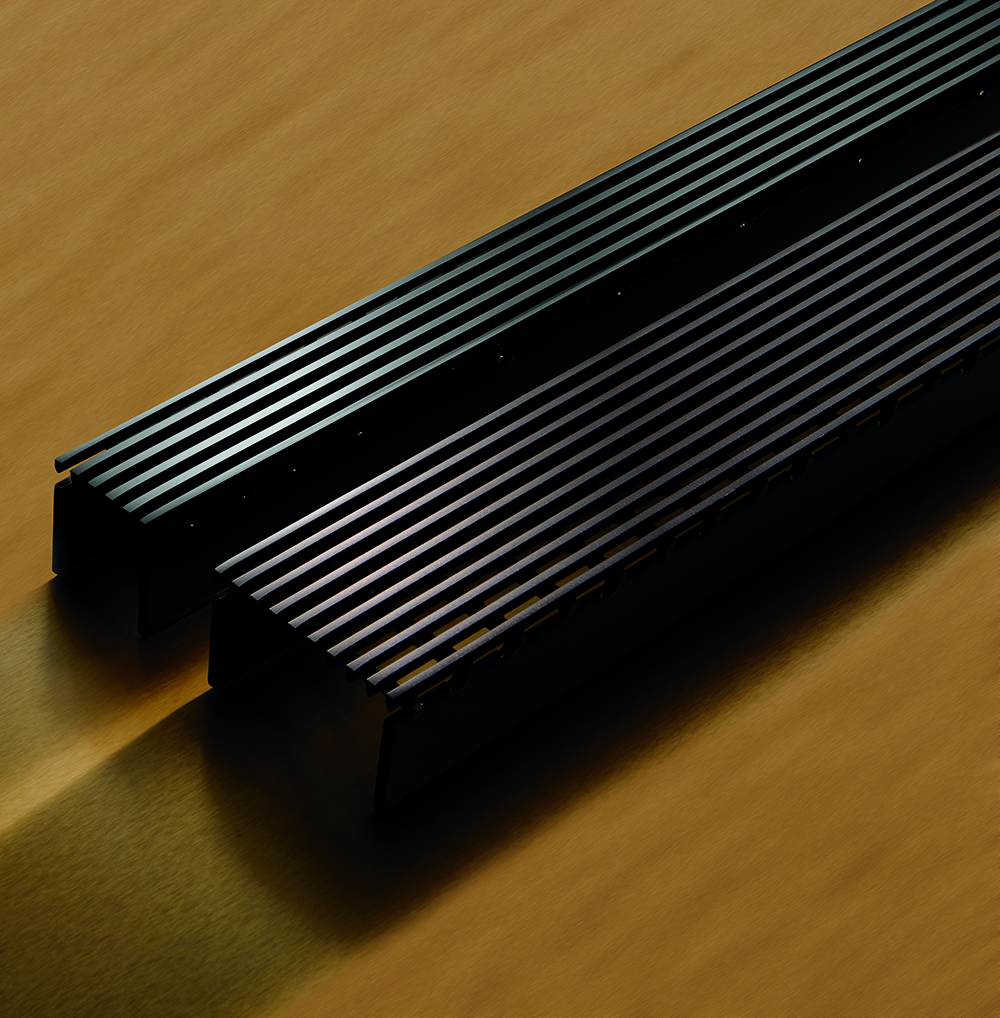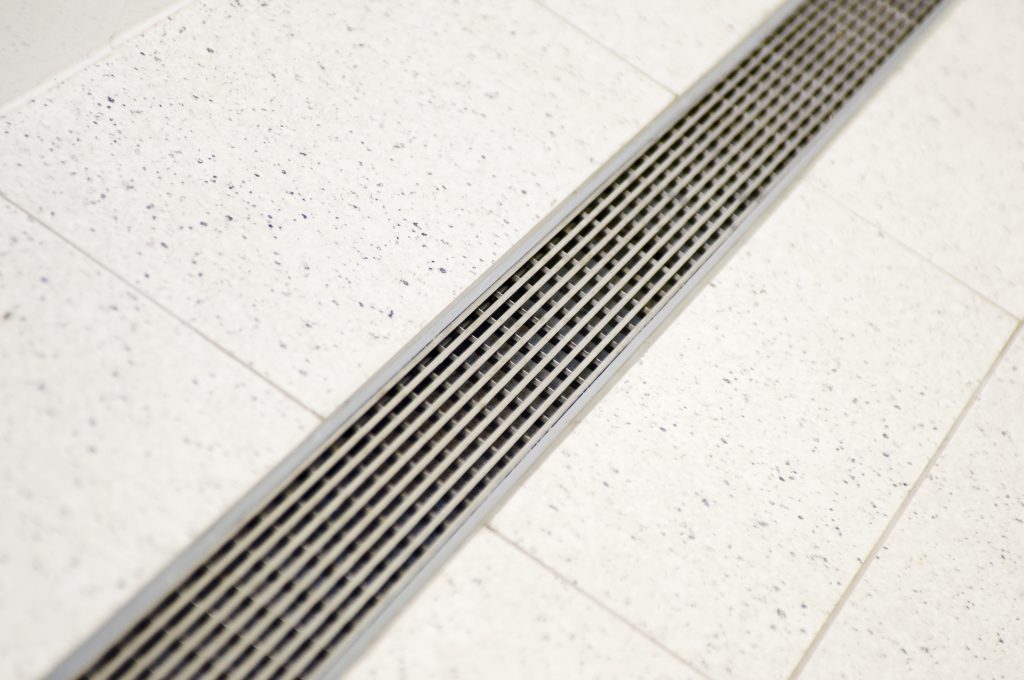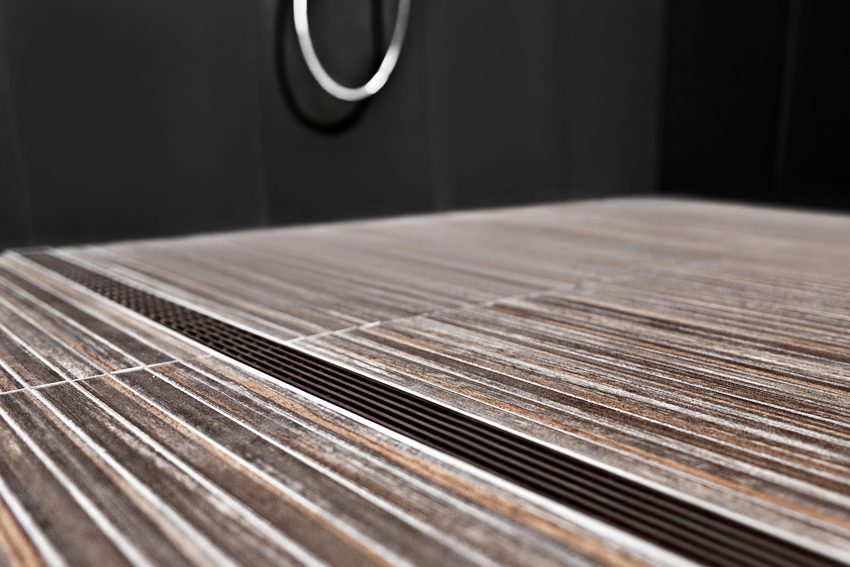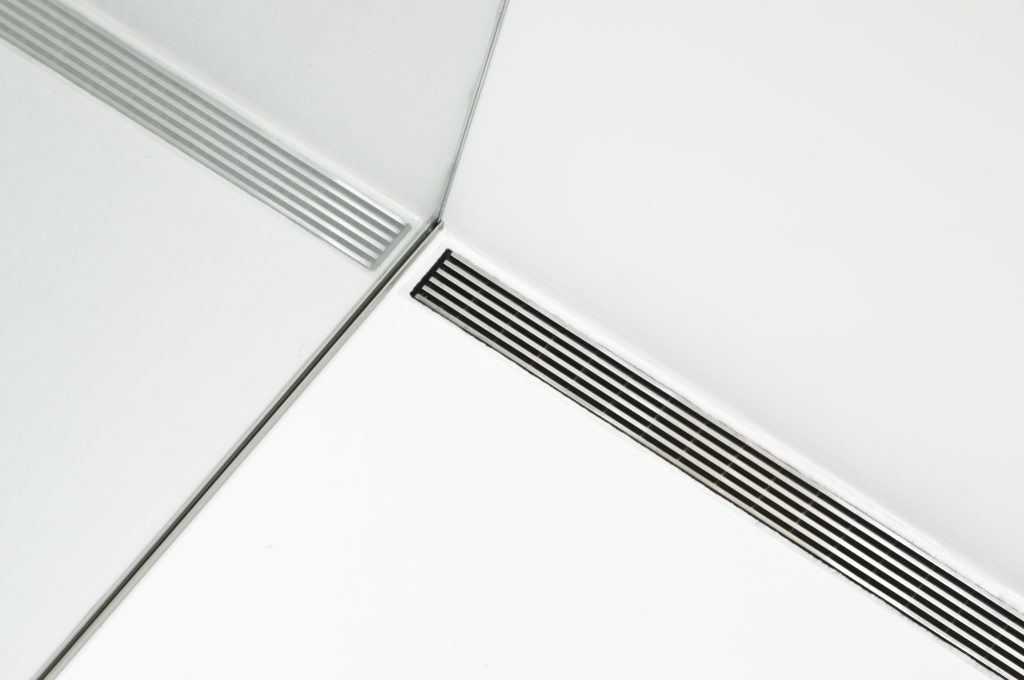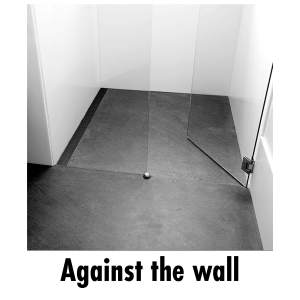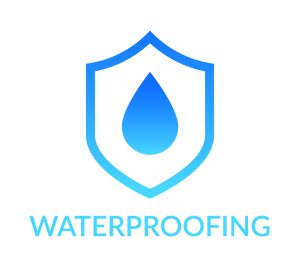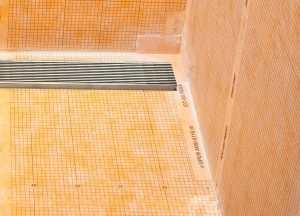Continuing Education Center
On-Demand and In-PersonUnderstanding Architectural Linear Drains
Draining water away from buildings is a fundamental need in most projects. This is true for indoor and outdoor locations as well as many different building types. However, just because there is a functional need doesn’t mean that the solution can’t also be a design feature. Architectural linear drains have been used to achieve both – effective drainage and design feature excellence. Many architects are paying closer attention to the quality of the drainage products and specifying architectural drains instead of commodity solutions. This is particularly true where higher amenities are concerned such as outdoor areas, wellness spaces, wet rooms, balconies, etc. where high-end appearance is required but so is compliance with performance requirements such as effective drainage and accessibility. Addressed in this course are some of the basic principles and criteria for incorporating architectural drainage as well as examples of successful solutions.
Provided by: Infinity Drain in partnership with Architectural Record
Approved by: AIA (1 LU/HSW), IACET, AIBD, AAAAANB, AAPEI, MAA, NLAA, NSAA, NWTAA, OAA, SAA.
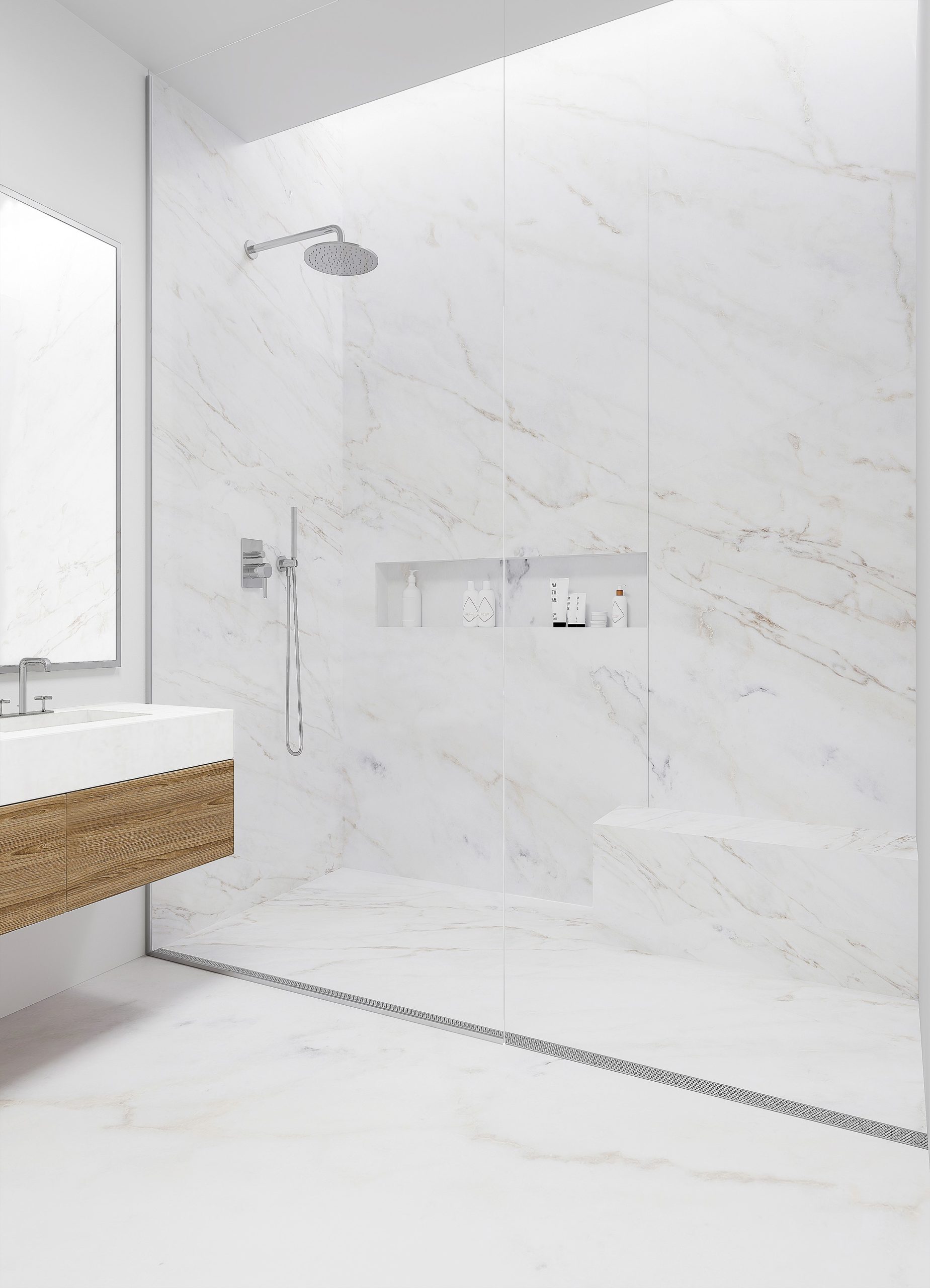
Universal Design Incorporating Architectural Linear Drains
The discussion of accessible design has moved beyond just meeting code and ADA requirements and into a broader sense of designing buildings that are inclusive for all people across all ages and ability levels without the need for substantial building modifications. This concept, referred to as Universal Design, has caught on in many situations to make life easier, healthier, and friendlier for all people. One component of Universal Design is to incorporate building features that accomplish the functional goals but blend in aesthetically so as not to be seen as distinct or separate items just for people with disabilities. In this course, these principles of Universal Design will be explored in general and by looking at specific different building types where they can be readily applied. In particular, architectural linear, or decorative drainage solutions are reviewed as examples of a needed building component that can be readily incorporated to address all these situations.
Provided by: Infinity Drain in partnership with Architectural Record
Approved by: AIA (1 LU/HSW), IACET, AIBD, AAAAANB, AAPEI, MAA, NLAA, NSAA, NWTAA, OAA, SAA.
Architectural Linear Drains for Indoor and Outdoor Use
Many commercial and residential building design projects incorporate very desirable connections between indoor and outdoor spaces. A key aspect to this design approach is keeping rainwater or snow melt from seeping or migrating to places where it is not wanted. Commonly, some utilitarian drains have been installed to collect and divert such water away from the building. However, many architects are paying closer attention to the quality of the drainage products and moving from commodity to architectural solutions. This is particularly true where higher amenities are concerned such as outdoor spaces, wellness spaces, wet rooms, balconies, etc., where good appearance is required but so is compliance with performance requirements such as accessibility. In this course, architectural or decorative drainage solutions are reviewed as a very viable solution for creating wet spaces that are safer, more accessible, more hygienic, easier to clean, and cost effective.
Provided by: Infinity Drain in partnership with Architectural Record
Approved by: AIA (1 LU/HSW), IACET, AIBD, AAAAANB, AAPEI, MAA, NLAA, NSAA, NWTAA, OAA, SAA.
The Many Benefits of Barrier-Free Showers
Barrier-free bathrooms have been recognized as a top bathroom design. Some design trends start because there is a unique need in the market and then catch fire because the new solution is better in so many ways. The rise of the barrier-free shower is a perfect example of this phenomenon. First developed to accommodate the growing interest in aging in place spurred by Baby Boomers, barrier-free showers are now considered the next level in beautiful, luxurious interiors. This course will take a closer look at the benefits that this aging-friendly and now trending solution can bring to a bathroom, and a few important best practices that will help avoid some of the challenges that can arise during construction.
Provided by: Infinity Drain in partnership with Architectural Record
Approved by: AIA (1 LU/HSW), IACET, AIBD, AAAAANB, AAPEI, MAA, NLAA, NSAA, NWTAA, OAA, SAA.
Linear Drain Systems: Design, Installation, & Application
Linear Drain Systems in the kitchen & bath industry have become an important element in the overall design of the bathroom, wet room, or outdoor application. While the concept of creating drainage for “Barrier Free Bathrooms” is sometimes a challenge to those designing and building in the field, this course will express the options, benefits, and solutions that linear drain systems provide and also how they apply to ADA codes for accessibility. A fundamental review of the different types of linear drains will be covered, along with a comparison of the traditional waterproofing systems and modern waterproofing technology that are integral in understanding the installations of linear drain systems.
Provided by: Infinity Drain
Approved by: AIA, IDCEC, NKBA, NARI, HSW.

